Christie Lab Members
Principal Investigator, Postdoctoral Fellows, and Graduate Students
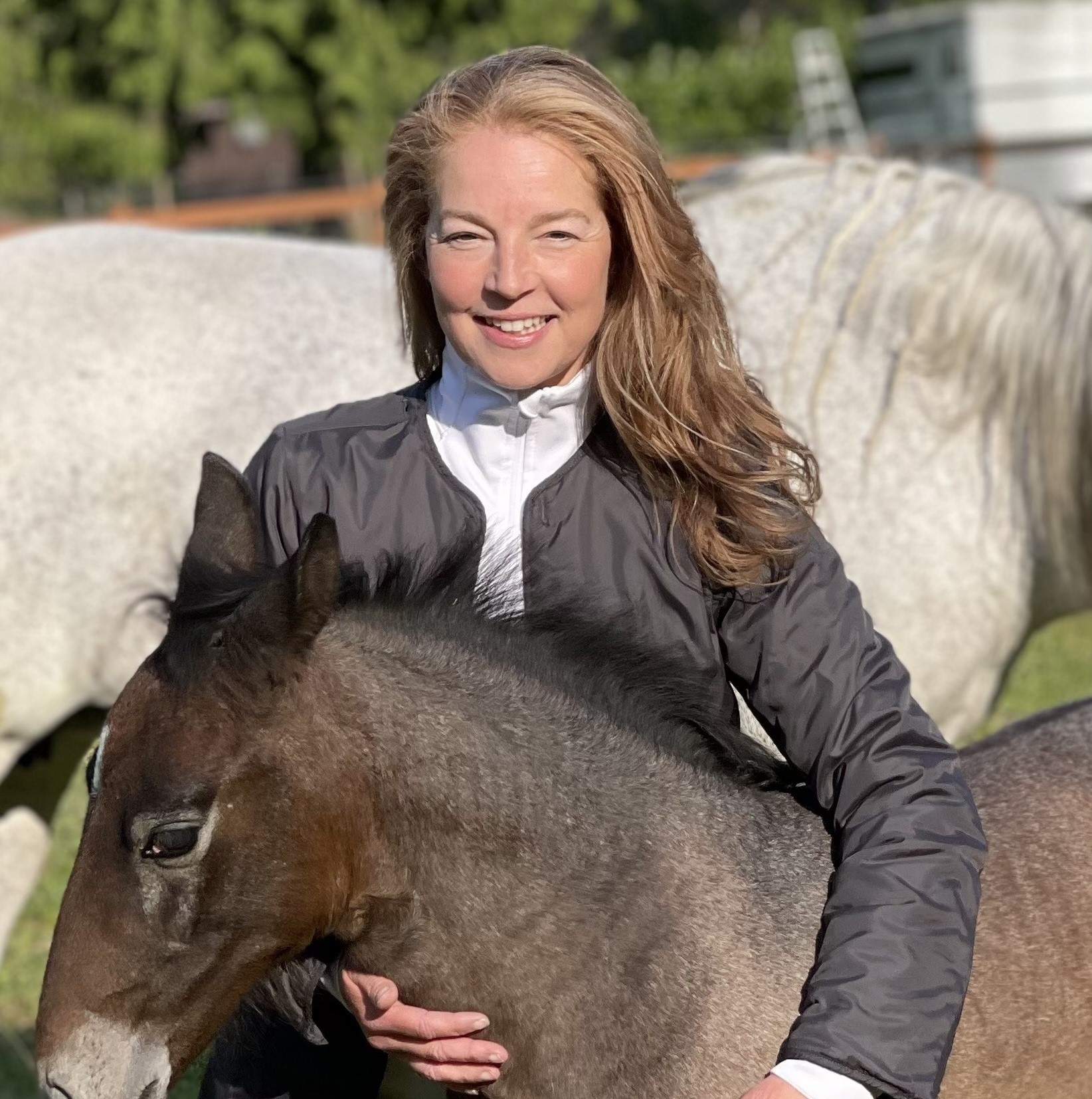
Rebecca Phillips, Ph.D. Student (INTD)
Research Assistants & Technicians
Undergraduate Researchers
Christie Lab Alumni
Postdoctoral Fellows
Dr. Crystal Acosta (2022-2024)
Dr. Jonathan Thacker (2018-2021)
Dr. Luis Bettio (2017-2021)
Dr. Christine Fontaine (2019-2020)
Dr. Craig Hutton (2018-2019)
Dr. Joana Gil-Mohapel (2009-Present)
Dr. Anna Patten (2013-2015)
Dr. Sonata Yau (2012-2015)
Dr. Mariana Vetrici (2011-2014)
Dr. Patricia Brocardo (2009-2013)
Dr. Helle Sickman (2010-2013)
Dr. Van Redila (2004-2006)
Dr. Weining Zhang (2004-2007)
Dr. David Froc (2002-2004)
PhD Students
Dr. Hannah Reid (c. 2023)
Dr. Erin Gräfe (c. 2023)
Dr. Juan Trivino-Peredes (c. 2021)
Dr. Alicia Meconi (c. 2021)
Dr. Christina Pinar (c. 2019)
Dr. Christine Fontaine (c. 2018)
Dr. Mohamed Ghilan (c. 2015)
Dr. Anna Patten (c. 2013)
Dr. Jennifer Helfer (c. 2012)
Dr. Timal Kannangara (c. 2012)
Dr. Andrea Titterness (c. 2010)
Dr. Brennan Eadie (c. 2010)
Dr. Cristina Vasuta (c. 2010)
Dr. Julie Robillard (c. 2008)
MSc Students
Irene Shkolnikov (c. 2023)
Allyson Gross (c. 2023)
Katie Neale (c. 2020)
Scott Sawchuk (c. 2019)
Melissa Clarkson (c. 2018)
Allison Rodway (c. 2018)
Erica Shaw (c. 2018)
Kim Oslund (c. 2017)
Hillary Cullen (c. 2017)
Ryan Wortman (c. 2017)
Emily White (c. 2015)
Crystal Bostrom (c. 2012)
Namat Majess (c. 2012)
Jessica Simpson (c. 2011)
Fanny Boehme (c. 2010)
Ross Petersen (c. 2009)
James Shin (c. 2009)
Pamela Parkinson (c. 2008)
Alina Webber (c. 2006)
Carl Ernst (c. 2005)
Brennan Eadie (c. 2004)
Maric Tse (c. 2004)
Joel Farmer (c. 2001)
Undergraduate Students
Kirsten Suesser (2021-2024), Honours Student, NSERC Recipient, Research Assistant & Technician
Holly Henry (2023-2024), Technician
Victoria Greene (2022-2024), Honours Student
Rachael Mordaunt (2023-2024)
Emily Bosdachin (2021 – 2023), Honours Student, Technician
Gabriela Bergmane (2023), MITACS Globalink Research Intern
John Dash (2022-2023)
Annika Willoughby (2021-2023), NSERC Recipient
Peri Donghy (2021-2023)
Charuta Sahasrabudhe (2021 -2023), JCURA Recipient
Adam Gheis (2021-2023)
Madison Yanish (2021-2023)
Emily Funnekotter (2021-2023)
Publications
Search by Research Topic
Search by Year
2024
- Prenatal ethanol and cannabis exposure have sex- and region-specific effects on somatostatin and neuropeptide Y interneurons in the rat hippocampus. Reid, H. M. O., Trepanier, O., Gross, A., Poberezhnyk, P., Snowden, T., Conway, K., Breit, K. R., Rodriguez, C., Thomas, J. D., & Christie, B. R. (2024). Alcohol, clinical & experimental research, 10.1111/acer.15350.
In Progress:
- Developmental ethanol exposure produces deficits in long-term potentiation in vivo that persist following postnatal choline supplementation. Titterness et al., in press
- Adiponectin rescues synaptic plasticity in the dentate gyrus of a mouse model of fragile X syndrome. Thacker et al., in press
- Optimizing GABAA receptor antagonism for the induction of long-term potentiation in the mouse and rat dentate gyrus in vitro. Eyolfson et al., revision under review
- Brain Changes: A Scoping Review of Mindfulness-Based Training in Traumatic Brain Injury Rehabilitation. Snowden et al., revision under review
- A systematic review of studies on GRM7 deficient patients. Revision under review
- The effect of traumatic brain injury on learning and memory: A synaptic focus. Eyolfson et al., under review
2023
- Assessing Changes in Synaptic Plasticity Using an Awake Closed-Head Injury Model of Mild Traumatic Brain Injury. BR Christie, A Gross, A Willoughby, E Grafe, J Brand, E Bosdachin, H Reid, C Acosta, E Eyolfson. Journal of Visualized Experiments (191), e64592.
- Women are Taking the Hit: Examining the Unique Consequences of Cannabis Use Across the Female Lifespan. EL Gräfe, HMO Reid, I Shkolnikov, K Conway, A Kit, C Acosta, BR Christie. Frontiers in Neuroendocrinology, 101076.
- Stress and traumatic brain injury: An inherent bi-directional relationship with temporal and synergistic complexities. J Brand, SJ McDonald, JR Gawryluk, BR Christie, SR Shultz. Neuroscience & Biobehavioral Reviews, 105242
- Reelin rescues behavioural, electrophysiological, and molecular metrics of a chronic stress phenotype in a similar manner to ketamine. Johnston JN, Allen J, Shkolnikov I, Sanchez-Lafuente CL, Reive BS, Scheil K, Liang S, Christie BR, Kalynchuk LE, Caruncho HJ. eNeuro. 2023 Aug 11;10(8):ENEURO.0106-23.2023. doi: 10.1523/ENEURO.0106-23.2023. Print 2023 Aug. PMID: 37550058
- Repeated mild traumatic brain injury causes sex-specific increases in cell proliferation and inflammation in juvenile rats. KJ Neale, HMO Reid, B. Sousa, E. McDonagh, J. Morrison, S. Shultz, E. Eyolfson, BR Christie. Journal of Neuroinflammation. 10.1186/s12974-023-02916-5
- A protocol for remote cognitive training developed for use in clinical populations during the Covid-19 pandemic. Snowden T, Ohlhauser L, Morrison J, Faubert J, Gawryluk J, Christie BR. Neurotrauma Rep. 2023 Aug 14;4(1):522-532. doi: 10.1089/neur.2023.0009. eCollection 2023.PMID:37645472
- Progranulin is an FMRP target that influences macroorchidism but not behaviour in a mouse model of Fragile-X Syndrome. Life B, Bettio LEB, Gantois I, Christie BR, Leavitt BR. Curr Res Neurobiol. 2023 Jun 16;5:100094. doi: 10.1016/j.crneur.2023.100094. eCollection 2023.PMID: 37416094.
2022
- Postnatal Choline Supplementation Rescues Deficits in Synaptic Plasticity Following Prenatal Ethanol Exposure.
EL Grafe, MMM Wade, CE Hodson, JD Thomas, BR Christie. Nutrients 14 (10), 2004 - Brain changes: aerobic exercise for traumatic brain injury rehabilitation.
T Snowden, J Morrison, M Boerstra, E Eyolfson, C Acosta, E Grafe, H Reid, … Frontiers in Human Neuroscience 17 - A hybrid thread-based temperature and humidity sensor for continuous wound monitoring.
S Hasanpour, L Karperien, T Walsh, M Jahanshahi, Z Hadisi, KJ Neale, … Sensors and Actuators B: Chemical 370, 132414 - Repeated Mild Traumatic Brain Injury Impairs Long-Term Depression Of Synaptic Efficacy In The Hippocampus.
C Pinar, C Fontaine, J Trivino-Paredes, A Gross, B Christie. Journal of Neurotrauma 39 (11-12), A79-A79 - Train Your Brain: A Patient-Partnered Study To Determine If Three-Dimensional Multiple-Object Tracking Improves Cognitive Function In Individuals With Moderate To Severe Brain …
T Snowden, L Ohlhauser, B Mayoh, J Morrison, S Waddington, …JOURNAL OF NEUROTRAUMA 39 (11-12), A14-A15 - Sex-Specific Effects Of Postnatal Choline Supplementation On Juvenile LTP
EL Grafe, JD Thomas, BR Christie. Alcoholism-Clinical And Experimental Research 46, 199a-199a - Prenatal Alcohol And THC Exposure Alters Interneurons And Microglia In The Hippocampus Of Adult Rats
H Reid, A Gross, P Poberezhnyk, A Hinde, O Trepanier, T Snowden, … Alcoholism-Clinical And Experimental Research 46, 199a-199a
2021
1: Effects of prenatal ethanol exposure on choline-induced long-term depression in the hippocampus
EL Grafe, CJ Fontaine, JD Thomas, BR Christie. Journal of Neurophysiology 126 (5), 1622-1634
H Reid, T Snowden, I Shkolnikov, K Breit, C Rodriguez, JD Thomas, BR Christie. Alcoholism – Clinical and Experimental Research
 . 3: Exercise hormone irisin is a critical regulator of cognitive function
. 3: Exercise hormone irisin is a critical regulator of cognitive function
MR Islam, S Valaris, MF Young, EB Haley, R Luo, SF Bond, S Mazuera, RR Kitchen, BJ Caldarone, LEB Bettio, BR Christie, AB Schmider, RJ Soberman, A Besnard, MP Jedrychowski, H Kim, H Tu, E Kim, SH Choi, RE Tanzi, BM Spiegelman, CD Wrann. Nature Metabolism 3 (8), 1058-1070
TH Lee, BR Christie, K Lin, PMF Siu, L Zhang, T Yuan, P Komal, A Xu, KF So, S Yau. Molecular Neurobiology 58, 4666-4681
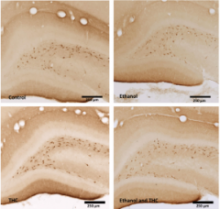 . 5: Prenatal alcohol and cannabis exposure in rat parvalbumin interneurons.
. 5: Prenatal alcohol and cannabis exposure in rat parvalbumin interneurons.
H Reid, T Snowden, I Shkolnikov, K Breit, C Rodriguez, JD Thomas, BR Christie. Alcoholism – Clinical and Experimental Research
 6: Prenatal alcohol and THC exposure alters interneuron numbers in the hippocampus of adult rats
6: Prenatal alcohol and THC exposure alters interneuron numbers in the hippocampus of adult rats
H Reid, A Gross, P Poberezhnyk, S Winger, A Hinde, T Snowden, I Shkolnikov, C Rodriguez, K Breit, JD Thomas, BR Christie. Alcoholism – Clinical and Experimental Research
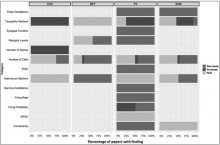 . 7: Understanding Changes in Hippocampal Interneurons Subtypes in the Pathogenesis of Alzheimer’s Disease: A Systematic Review. H Reid, N Chen-Mack, T Snowden, BR Christie
. 7: Understanding Changes in Hippocampal Interneurons Subtypes in the Pathogenesis of Alzheimer’s Disease: A Systematic Review. H Reid, N Chen-Mack, T Snowden, BR Christie
 8: Unlocking the brain: A new method for Western blot protein detection from fixed brain tissue
8: Unlocking the brain: A new method for Western blot protein detection from fixed brain tissue
JS Thacker, D Andersen, S Liang, N Zieniewicz, JS Trivino-Paredes, … Journal of Neuroscience Methods 348, 108995

T Snowden, H Reid, S Kennedy, R Kenny, A McQuarrie, L Stuart-Hill, … Journal of neurotrauma 38 (2), 169-188
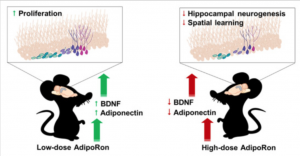
10: AdipoRon Treatment Induces a Dose-Dependent Response in Adult Hippocampal Neurogenesis
TH Lee, BR Christie, H van Praag, K Lin, PMF Siu, A Xu, KF So, S Yau. International Journal of Molecular Sciences 22 (4), 2068

IBD Río, N Puente, A Mimenza, A Ramos, M Serrano, L Lekunberri, … Journal of Comparative Neurology
2020
Learn Mem. 2020 Aug 17;27(9):380-389. doi: 10.1101/lm.050666.119. Print 2020 Sep.PMID: 32817304
 2: Interplay between hormones and exercise on hippocampal plasticity across the lifespan.
2: Interplay between hormones and exercise on hippocampal plasticity across the lifespan.
Biochim Biophys Acta Mol Basis Dis. 2020 Aug 1;1866(8):165821. doi: 10.1016/j.bbadis.2020.165821. Epub 2020 May 3.PMID: 32376385 Review.
Reid HMO, Lysenko-Martin MR, Snowden TM, Thomas JD, Christie BR. Alcohol Clin Exp Res. 2020 Jun;44(6):1164-1174. doi: 10.1111/acer.14332. Epub 2020 May 14.PMID: 32246781 Review.
 4: Hippocampal cognitive impairment in juvenile rats after repeated mild traumatic brain injury.
4: Hippocampal cognitive impairment in juvenile rats after repeated mild traumatic brain injury.
Pinar C, Trivino-Paredes J, Perreault ST, Christie BR. Behav Brain Res. 2020 Jun 1;387:112585. doi: 10.1016/j.bbr.2020.112585. Epub 2020 Mar 14.PMID: 32184155
 5: An Engineered Infected Epidermis Model for In Vitro Study of the Skin’s Pro-Inflammatory Response.
5: An Engineered Infected Epidermis Model for In Vitro Study of the Skin’s Pro-Inflammatory Response.
Jahanshahi M, Hamdi D, Godau B, Samiei E, Sanchez-Lafuente CL, Neale KJ, Hadisi Z, Dabiri SMH, Pagan E, Christie BR, Akbari M.Micromachines (Basel). 2020 Feb 23;11(2):227. doi: 10.3390/mi11020227.PMID: 32102205
J Neurotrauma. 2020 Aug 15;37(16):1777-1787. doi: 10.1089/neu.2019.6842. Epub 2020 Apr 17.PMID: 31950862
Neuropsychopharmacology. 2020 Jan;45(2):309-318. doi: 10.1038/s41386-019-0530-5. Epub 2019 Sep 30.PMID: 31569197
2019
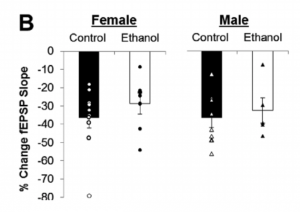 1: Impaired Bidirectional Synaptic Plasticity in Juvenile Offspring Following Prenatal Ethanol Exposure
1: Impaired Bidirectional Synaptic Plasticity in Juvenile Offspring Following Prenatal Ethanol Exposure
Fontaine CJ, Pinar C, Yang W, Pang AF, Suesser KE, Choi JSJ, Christie BR. Alcohol Clin Exp Res. 2019 Aug 6. doi:
10.1111/acer.14170. [Epub ahead of print] PubMed PMID: 31386206.
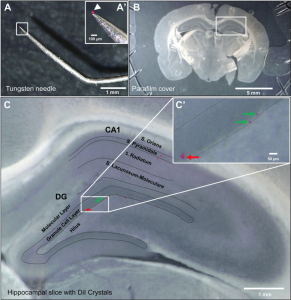
Trivino-Paredes JS, Nahirney PC, Pinar C, Grandes P, Christie BR. J Neurophysiol. 2019 Sep 1;122(3):958-969. doi: 10.1152/jn.00332.2019. Epub 2019 Jul 3. PubMed PMID:31268808.
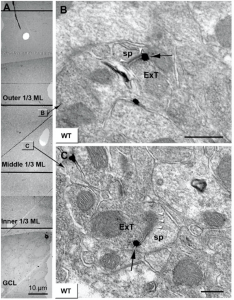
Peñasco S, Rico-Barrio I, Puente N, Gómez-Urquijo SM, Fontaine CJ,
Egaña-Huguet J, Achicallende S, Ramos A, Reguero L, Elezgarai I, Nahirney PC, Christie BR, Grandes P. Neuropharmacology. 2019
Jul 15;153:32-40. doi: 10.1016/j.neuropharm.2019.04.020. Epub 2019 Apr 22. PubMed PMID: 31022405.
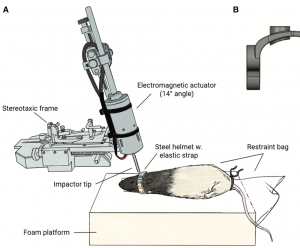
Pham L, Shultz SR, Kim HA, Brady RD, Wortman RC, Genders SG, Hale MW, O’Shea RD, Djouma E, van den Buuse M, Church JE, Christie BR, Drummond GR, Sobey CG, McDonald SJ. J Neurotrauma. 2019 Jul 15;36(14):2260-2271. doi: 10.1089/neu.2018.6169. Epub 2019 Apr 10. PubMed PMID: 30843474.
 5: A Rapid Neurological Assessment Protocol for Repeated Mild Traumatic Brain Injury in Awake Rats.
5: A Rapid Neurological Assessment Protocol for Repeated Mild Traumatic Brain Injury in Awake Rats.
Curr Protoc Neurosci. 2019 Sep;89(1):e80. doi: 10.1002/cpns.80.PMID: 31532919
Yau SY, Bettio L, Chiu J, Chiu C, Christie BR. Front Mol Neurosci. 2019 Jan 17;11:495. doi: 10.3389/fnmol.2018.00495. eCollection 2018. PubMed PMID: 30705620; PubMed Central PMCID: PMC6344420.
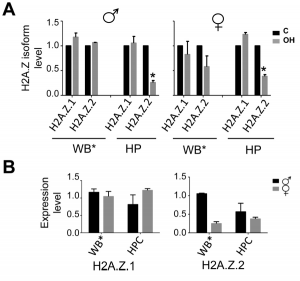 7: Fetal alcohol spectrum disorder (FASD) affects the hippocampal levels of histone variant H2A.Z-2
7: Fetal alcohol spectrum disorder (FASD) affects the hippocampal levels of histone variant H2A.Z-2
Gretzinger TL, Tyagi M, Fontaine CJ, Cheema MS, González-Perez M, Freeman ME, Christie BR, Ausió J. Biochem Cell Biol. 2019 Aug; 97(4):431-436. doi: 10.1139/bcb-2018-0240. Epub 2019 Jan 3. PubMed PMID:30605356.
2018
3: Effects of Voluntary Exercise on Cell Proliferation and Neurogenesis in the Dentate Gyrus of Adult FMR1 Knockout Mice
Pinar C, Yau SY, Sharp Z, Shamei A, Fontaine CJ, Meconi AL, Lottenberg CP, Christie BR. Brain Plast. 2018 Dec 26;4(2):185-195. doi: 10.3233/BPL-170052. PubMed PMID: 30598869; PubMed Central PMCID: PMC6311353.
 4: Diffusion MRI abnormalities in adolescent rats given repeated mild traumatic brain injury
4: Diffusion MRI abnormalities in adolescent rats given repeated mild traumatic brain injury
Wortman RC, Meconi A, Neale KJ, Brady RD, McDonald SJ, Christie BR, Wright DK, Shultz SR. Ann Clin Transl Neurol. 2018 Oct 17;5(12):1588-1598. doi: 10.1002/acn3.667. eCollection 2018 Dec. PubMed PMID: 30564624; PubMed Central PMCID: PMC6292182.
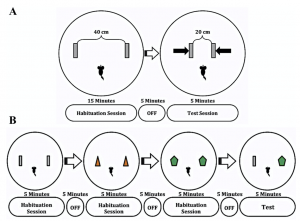 5: Impaired spatial processing in a mouse model of fragile X syndrome
5: Impaired spatial processing in a mouse model of fragile X syndrome
Ghilan M, Bettio LEB, Noonan A, Brocardo PS, Gil-Mohapel J, Christie BR. Behav Brain Res. 2018 Sep 17;350:72-79. doi: 10.1016/j.bbr.2018.05.012. Epub 2018 May 17.PubMed PMID: 29778627.
Meconi A, Wortman RC, Wright DK, Neale KJ, Clarkson M, Shultz SR, Christie BR. PLoS One. 2018 May 8;13(5):e0197187. doi: 10.1371/journal.pone.0197187. eCollection 2018. PubMed PMID: 29738554; PubMed Central PMCID: PMC5940222.
Bonilla-Del Rίo I, Puente N, Peñasco S, Rico I, Gutiérrez-Rodrίguez A, Elezgarai I, Ramos A, Reguero L, Gerrikagoitia I, Christie BR, Nahirney P, Grandes P. Addict Biol. 2019 Mar;24(2):182-192. doi: 10.1111/adb.12585. Epub 2017 Nov 23. PubMed PMID:29168269.
Yau SY, Bettio L, Vetrici M, Truesdell A, Chiu C, Chiu J, Truesdell E, Christie BR. Neurobiol Dis. 2018 May;113:11-22. doi: 10.1016/j.nbd.2018.01.014. Epub 2018 Jan 31. PubMed PMID: 29367010.
2017

Bettio LEB, Gil-Mohapel J, Patten AR, O’Rourke NF, Hanley RP, Gopalakrishnan K, Wulff JE, Christie BR. Neurogenesis (Austin). 2017 Jun 1;4(1):e1317692. doi: 10.1080/23262133.2017.1317692. eCollection 2017. PubMed PMID: 28656155; PubMed Central PMCID: PMC5477711.
 2: Revisiting the flip side: Long-term depression of synaptic efficacy in the hippocampus
2: Revisiting the flip side: Long-term depression of synaptic efficacy in the hippocampus
Pinar C, Fontaine CJ, Triviño-Paredes J, Lottenberg CP, Gil-Mohapel J, Christie BR. Neurosci Biobehav Rev. 2017 Sep;80:394-413. doi:10.1016/j.neubiorev.2017.06.001. Epub 2017 Jun 15. Review. PubMed PMID: 28624435.
Brocardo PS, Gil-Mohapel J, Wortman R, Noonan A, McGinnis E, Patten AR, Christie BR. Alcohol Clin Exp Res. 2017 Jan;41(1):26-37. doi: 10.1111/acer.13266. Epub 2016 Nov 11. PubMed PMID:27862017.
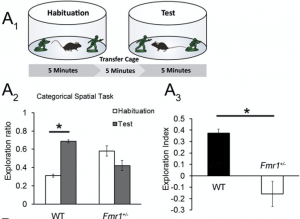
Yau SY, Bostrom CA, Chiu J, Fontaine CJ, Sawchuk S, Meconi A, Wortman RC,Truesdell E, Truesdell A, Chiu C, Hryciw BN, Eadie BD, Ghilan M, Christie BR. Neurobiol Dis. 2016Dec;96:261-270. doi: 10.1016/j.nbd.2016.09.012. Epub 2016 Sep 19. PubMed PMID: 27659109.
White ER, Pinar C, Bostrom CA, Meconi A, Christie BR. J Neurotrauma. 2017 Mar 1;34(5):1111-1123. doi: 10.1089/neu.2016.4638. Epub 2016 Nov 21. PubMed PMID: 27735217.
Shultz SR, McDonald SJ, Vonder Haar C, Meconi A, Vink R, van Donkelaar P,
Taneja C, Iverson GL, Christie BR. Neurosci Biobehav Rev. 2017 May;76(Pt B):396-414. doi:10.1016/j.neubiorev.2016.09.014. Epub 2016 Sep 19. Review. PubMed PMID: 27659125.
2016
Yau SY, Li A, Tong JB, Bostrom C, Christie BR, Lee TM, So KF. Restor Neurol Neurosci. 2016 Sep 21;34(5):849-57. doi: 10.3233/RNN-160662. PubMed PMID: 27567758; PubMed Central PMCID: PMC5345640.
 2: ISX-9 can potentiate cell proliferation and neuronal commitment in the rat dentate gyrus
2: ISX-9 can potentiate cell proliferation and neuronal commitment in the rat dentate gyrus
Bettio LE, Patten AR, Gil-Mohapel J, O’Rourke NF, Hanley RP, Kennedy S, Gopalakrishnan K, Rodrigues AL, Wulff J, Christie BR. Neuroscience.2016 Sep 22;332:212-22. doi: 10.1016/j.neuroscience.2016.06.042. Epub 2016 Jun 29. PubMed PMID: 27373772.
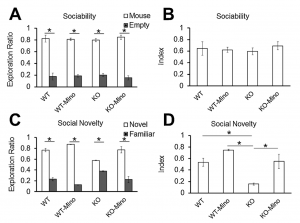 3: Chronic minocycline treatment improves social recognition memory in adult male Fmr1 knockout mice
3: Chronic minocycline treatment improves social recognition memory in adult male Fmr1 knockout mice
Yau SY, Chiu C, Vetrici M, Christie BR. Behav Brain Res. 2016 Oct 1;312:77-83. doi: 10.1016/j.bbr.2016.06.015. Epub 2016 Jun 9. PubMed PMID: 27291517.
 4: The effects of hormones and physical exercise on hippocampal structural plasticity
4: The effects of hormones and physical exercise on hippocampal structural plasticity
Triviño-Paredes J, Patten AR, Gil-Mohapel J, Christie BR. Front Neuroendocrinol. 2016 Apr;41:23-43. doi: 10.1016/j.yfrne.2016.03.001. Epub 2016 Mar 14. Review. PubMed PMID: 26989000.
Bettio LE, Neis VB, Pazini FL, Brocardo PS, Patten AR, Gil-Mohapel J, Christie BR, Rodrigues AL. Eur J Neurosci. 2016 Apr;43(8):1006-15. doi: 10.1111/ejn.13172. Epub 2016 Feb 26. PubMed PMID: 26779605.
 6: Prenatal ethanol exposure impairs temporal ordering behaviours in young adult rats
6: Prenatal ethanol exposure impairs temporal ordering behaviours in young adult rats
Patten AR, Sawchuk S, Wortman RC, Brocardo PS, Gil-Mohapel J, Christie BR. Behav Brain Res. 2016 Feb 15;299:81-9. doi: 10.1016/j.bbr.2015.11.032. Epub 2015 Dec 1. PubMed PMID: 26632335.
Fontaine CJ, Patten AR, Sickmann HM, Helfer JL, Christie BR. Neurosci Biobehav Rev. 2016 May;64:12-34. doi: 10.1016/j.neubiorev.2016.02.014. Epub 2016 Feb 22. Review. PubMed PMID: 26906760.
8: Hippocampal dysfunction and cognitive impairment in Fragile-X Syndrome
Bostrom C, Yau SY, Majaess N, Vetrici M, Gil-Mohapel J, Christie BR. Neurosci Biobehav Rev. 2016 Sep;68:563-574. doi: 10.1016/j.neubiorev.2016.06.033. Epub 2016 Jun 23. Review. PubMed PMID: 27345143.
9: The Benefits of Exercise on Structural and Functional Plasticity in the Rodent Hippocampus of Different Disease Models
Patten AR, Yau SY, Fontaine CJ, Meconi A, Wortman RC, Christie BR. Brain Plast. 2015 Oct 9;1(1):97-127. doi: 10.3233/BPL-150016. Review. PubMed PMID: 29765836; PubMed Central PMCID:
PMC5928528.
10: Time-Course Analysis of Protein and Lipid Oxidation in the Brains of Yac128 Huntington’s Disease Transgenic Mice
Brocardo PS, McGinnis E, Christie BR, Gil-Mohapel J. Rejuvenation Res. 2016 Apr;19(2):140-8. doi: 10.1089/rej.2015.1736. Epub 2016 Feb 2. PubMed PMID: 26371883.
2015 and Earlier

Ghilan M, Hryciw BN, Brocardo PS, Bostrom CA, Gil-Mohapel J, Christie BR. Neurobiol Dis. 2015 May;77:26-34. doi: 10.1016/j.nbd.2015.01.008. Epub 2015 Feb 27. PubMed PMID: 25731748.

Yau SY, Li A, Hoo RL, Ching YP, Christie BR, Lee TM, Xu A, So KF. Proc Natl Acad Sci U S A. 2014 Nov 4;111(44):15810-5. doi: 10.1073/pnas.1415219111. Epub 2014 Oct 20. PubMed PMID: 25331877; PubMed Central PMCID: PMC4226125.
2014
Patten AR, Fontaine CJ, Christie BR. Front Pediatr. 2014 Sep 3;2:93. doi: 10.3389/fped.2014.00093. eCollection 2014. Review. PubMed PMID: 25232537; PubMed Central PMCID: PMC4153370.
Yau SY, Gil-Mohapel J, Christie BR, So KF. Biomed Res Int. 2014;2014:403120. doi: 10.1155/2014/403120. Epub 2014 Apr 9. Review. PubMed PMID: 24818140; PubMed Central PMCID: PMC4000963.

Kannangara TS, Bostrom CA, Ratzlaff A, Thompson L, Cater RM, Gil-Mohapel J, Christie BR. PLoS One. 2014 Aug 1;9(8):e103155. doi: 10.1371/journal.pone.0103155. eCollection 2014. PubMed PMID: 25083703; PubMed Central PMCID: PMC4118862.
Gil-Mohapel J, Titterness AK, Patten AR, Taylor S, Ratzlaff A, Ratzlaff T, Helfer J, Christie BR. Neuroscience. 2014 Jul 25;273:174-88. doi: 10.1016/j.neuroscience.2014.05.012. Epub 2014 May 15. PubMed PMID: 24846617.
Ghilan M, Bostrom CA, Hryciw BN, Simpson JM, Christie BR, Gil-Mohapel J. Brain Res. 2014 Sep 18;1581:117-28. doi: 10.1016/j.brainres.2014.06.011. Epub 2014 Jun 17. PubMed PMID: 24949563.
Yau SY, Li A, Zhang ED, Christie BR, Xu A, Lee TM, So KF. Cell Transplant. 2014;23(4-5):481-92. doi: 10.3727/096368914X678490. PubMed PMID: 24816445.
Kannangara TS, Eadie BD, Bostrom CA, Morch K, Brocardo PS, Christie BR. Cereb Cortex. 2015 Aug;25(8):2102-13. doi: 10.1093/cercor/bhu017. Epub 2014 Feb 18. PubMed PMID: 24554729; PubMed Central PMCID: PMC4494024.
8: The role of oxidative stress in Huntington’s disease: are antioxidants good therapeutic candidates?
Gil-Mohapel J, Brocardo PS, Christie BR. Curr Drug Targets. 2014 Apr;15(4):454-68. Review. PubMed PMID: 24428525.
2013

Patten AR, Sickmann HM, Dyer RA, Innis SM, Christie BR. Neurosci Lett. 2013 Sep 13;551:7-11. doi: 10.1016/j.neulet.2013.05.051. Epub 2013 Jul 18. Erratum in: Neurosci Lett. 2016 Apr;22(2):224-5. PubMed PMID: 23872044.
 2: Hippocampal neurogenesis levels predict WATERMAZE search strategies in the aging brain
2: Hippocampal neurogenesis levels predict WATERMAZE search strategies in the aging brain
Gil-Mohapel J, Brocardo PS, Choquette W, Gothard R, Simpson JM, Christie BR. PLoS One. 2013 Sep 23;8(9):e75125. doi: 10.1371/journal.pone.0075125. eCollection 2013. PubMed PMID: 24086453; PubMed Central PMCID: PMC3781090.
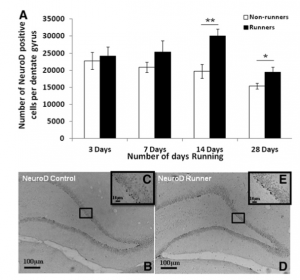 3: Long-term exercise is needed to enhance synaptic plasticity in the hippocampus
3: Long-term exercise is needed to enhance synaptic plasticity in the hippocampus
Patten AR, Sickmann H, Hryciw BN, Kucharsky T, Parton R, Kernick A, Christie BR. Learn Mem. 2013 Oct 16;20(11):642-7. doi: 10.1101/lm.030635.113. PubMed PMID: 24131795.
4: Rescue of NMDAR-dependent synaptic plasticity in Fmr1 knock-out mice
Bostrom CA, Majaess NM, Morch K, White E, Eadie BD, Christie BR. Cereb Cortex. 2015 Jan;25(1):271-9. doi: 10.1093/cercor/bht237. Epub 2013 Aug 22. PubMed PMID: 23968838.
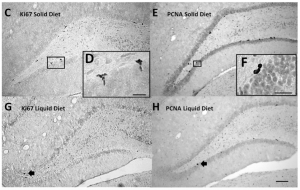 5: Liquid diets reduce cell proliferation but not neurogenesis in the adult rat hippocampus
5: Liquid diets reduce cell proliferation but not neurogenesis in the adult rat hippocampus
Patten AR, Moller DJ, Graham J, Gil-Mohapel J, Christie BR. Neuroscience. 2013 Dec 19;254:173-84. doi: 10.1016/j.neuroscience. 2013.09.024. Epub 2013 Sep 20. PubMed PMID: 24060822.
Helfer JL, White ER, Christie BR. Alcohol Clin Exp Res. 2014 Jan;38(1):135-43. doi: 10.1111/acer.12227. Epub 2013 Aug 5. PubMed PMID: 23915337.
7: Prenatal ethanol exposure has sex-specific effects on hippocampal long-term potentiation
Sickmann HM, Patten AR, Morch K, Sawchuk S, Zhang C, Parton R, Szlavik L, Christie BR. Hippocampus. 2014 Jan;24(1):54-64. doi:
10.1002/hipo.22203. Epub 2013 Oct 4. PubMed PMID: 23996604.
Patten AR, Brocardo PS, Sakiyama C, Wortman RC, Noonan A, Gil-Mohapel J, Christie BR. Hippocampus. 2013 Dec;23(12):1463-75. doi: 10.1002/hipo.22199. Epub 2013 Oct 1. PubMed PMID: 23996467.
9: Electrophysiological identification of medial and lateral perforant path inputs to the dentate gyrus
Petersen RP, Moradpour F, Eadie BD, Shin JD, Kannangara TS, Delaney KR, Christie BR. Neuroscience. 2013 Nov 12;252:154-68. doi: 10.1016/j.neuroscience.2013.07.063. Epub 2013 Aug 7. PubMed PMID: 23933307.
2012
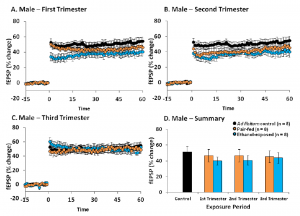
Patten AR, Gil-Mohapel J, Wortman RC, Noonan A, Brocardo PS, Christie BR. Brain Sci. 2013 Jul 19;3(3):1076-94. doi: 10.3390/brainsci3031076. PubMed PMID: 24961522; PubMed Central PMCID: PMC4061886.

Ma X, Hamadeh MJ, Christie BR, Foster JA, Tarnopolsky MA. PLoS One. 2012;7(4):e36048. doi: 10.1371/journal.pone.0036048. Epub 2012 Apr 25. PubMed PMID: 22558322; PubMed Central PMCID: PMC3338488.

Patten AR, Brocardo PS, Christie BR. J Nutr Biochem. 2013 May;24(5):760-9. doi: 10.1016/j.jnutbio.2012.04.003. Epub 2012 Jul 25. PubMed PMID: 22841392.
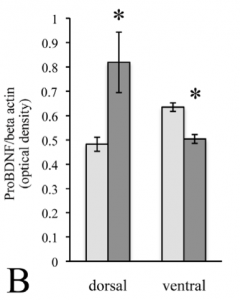 4: Differential response of hippocampal subregions to stress and learning
4: Differential response of hippocampal subregions to stress and learning
Hawley DF, Morch K, Christie BR, Leasure JL. PLoS One. 2012;7(12):e53126. doi: 10.1371/journal.pone.0053126. Epub 2012 Dec 28. PubMed PMID: 23285257; PubMed Central PMCID: PMC3532167.
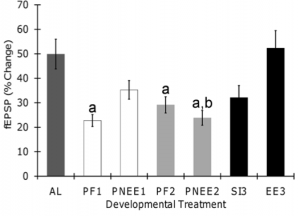
Helfer JL, White ER, Christie BR. PLoS One. 2012;7(12):e51344. doi: 10.1371/journal.pone.0051344. Epub 2012 Dec 5. PubMed PMID: 23227262; PubMed Central PMCID: PMC3515437.
Brocardo PS, Boehme F, Patten A, Cox A, Gil-Mohapel J, Christie BR. Neuropharmacology. 2012 Mar;62(4):1607-18. doi: 10.1016/j.neuropharm.2011.10.006. Epub 2011 Oct 20. PubMed PMID: 22019722.
2011
Gil-Mohapel J, Simpson JM, Ghilan M, Christie BR. Brain Res. 2011 Aug 11;1406:84-105. doi: 10.1016/j.brainres.2011.06.040. Epub 2011 Jun 23. Review. PubMed PMID: 21742312.

2: Glutathione restores the mechanism of synaptic plasticity in aged mice to that of the adult
Robillard JM, Gordon GR, Choi HB, Christie BR, MacVicar BA. PLoS One. 2011;6(5):e20676. doi: 10.1371/journal.pone.0020676. Epub 2011 May 31. PubMed PMID: 21655192; PubMed Central PMCID: PMC3105108.
Boehme F, Gil-Mohapel J, Cox A, Patten A, Giles E, Brocardo PS, Christie BR. Eur J Neurosci. 2011 May;33(10):1799-811. doi: 10.1111/j.1460-9568.2011.07676.x. Epub 2011 May 3. PubMed PMID: 21535455.
 4: Voluntary exercise does not enhance long-term potentiation in the adolescent female dentate gyrus
4: Voluntary exercise does not enhance long-term potentiation in the adolescent female dentate gyrus
Titterness AK, Wiebe E, Kwasnica A, Keyes G, Christie BR. Neuroscience. 2011 Jun 2;183:25-31. doi: 10.1016/j.neuroscience.2011.03.050. Epub 2011 Mar 30. PubMed PMID: 21458541.
 5: The role of oxidative stress in fetal alcohol spectrum disorders
5: The role of oxidative stress in fetal alcohol spectrum disorders
Brocardo PS, Gil-Mohapel J, Christie BR. Brain Res Rev. 2011 Jun 24;67(1-2):209-25. doi:10.1016/j.brainresrev.2011.02.001. Epub 2011 Apr 3. Review. PubMed PMID: 21315761.

6: Altered adult hippocampal neuronal maturation in a rat model of fetal alcohol syndrome
Gil-Mohapel J, Boehme F, Patten A, Cox A, Kainer L, Giles E, Brocardo PS, Christie BR. Brain Res. 2011 Apr 12;1384:29-41. doi: 10.1016/j.brainres.2011.01.116. PubMed PMID: 21303667.
Titterness AK, Christie BR. Hippocampus. 2012 Jan;22(1):69-81. doi: 10.1002/hipo.20849. Epub 2010 Nov 15. PubMed PMID: 21080406.
Eadie BD, Cushman J, Kannangara TS, Fanselow MS, Christie BR. Hippocampus. 2012 Feb;22(2):241-54. doi: 10.1002/hipo.20890. Epub 2010 Nov 3. PubMed PMID: 21049485.
2010
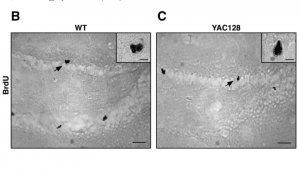 1: Altered adult hippocampal neurogenesis in the YAC128 transgenic mouse model of Huntington disease
1: Altered adult hippocampal neurogenesis in the YAC128 transgenic mouse model of Huntington disease
Simpson JM, Gil-Mohapel J, Pouladi MA, Ghilan M, Xie Y, Hayden MR, Christie BR. Neurobiol Dis. 2011 Feb;41(2):249-60. doi: 10.1016/j.nbd.2010.09.012. Epub 2010 Sep 25. PubMed PMID: 20875859.

Gil-Mohapel J, Boehme F, Kainer L, Christie BR. Brain Res Rev. 2010 Sep 24;64(2):283-303. doi: 10.1016/j.brainresrev.2010.04.011. Epub 2010 May 13. PubMed PMID: 20471420.
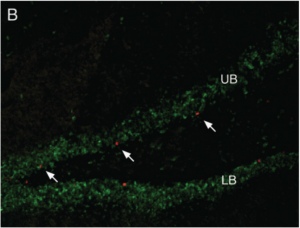
3: Characterization of the neurogenesis quiescent zone in the rodent brain: effects of age and exercise
Gil-Mohapel J, Simpson JM, Titterness AK, Christie BR. Eur J Neurosci. 2010 Mar;31(5):797-807. doi: 10.1111/j.1460-9568.2010.07132.x. Erratum in: Eur J Neurosci. 2010 May;31(9):1708. PubMed PMID: 20374281.
2009

1: Running reduces stress and enhances cell genesis in aged mice
Kannangara TS, Lucero MJ, Gil-Mohapel J, Drapala RJ, Simpson JM, Christie BR, van Praag H. Neurobiol Aging. 2011 Dec;32(12): 2279-86. doi:10.1016/j.neurobiolaging.2009.12.025. Epub 2010 Jan 27. PubMed PMID: 20106549; PubMed Central PMCID: PMC6016367.
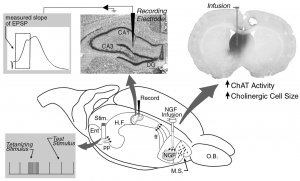 2: NGF is essential for hippocampal plasticity and learning
2: NGF is essential for hippocampal plasticity and learning
Conner JM, Franks KM, Titterness AK, Russell K, Merrill DA, Christie BR, Sejnowski TJ, Tuszynski MH. J Neurosci. 2009 Sep 2;29(35):10883-9. doi: 10.1523/JNEUROSCI.2594-09.2009. PubMed PMID: 19726646; PubMed Central PMCID: PMC2765804.

Eadie BD, Zhang WN, Boehme F, Gil-Mohapel J, Kainer L, Simpson JM, Christie BR. Neurobiol Dis. 2009 Nov;36(2):361-73. doi: 10.1016/j.nbd.2009.08.001. Epub 2009 Aug 8. PubMed PMID: 19666116.
Hill MN, Titterness AK, Morrish AC, Carrier EJ, Lee TT, Gil-Mohapel J, Gorzalka BB, Hillard CJ, Christie BR. Hippocampus. 2010 Apr;20(4):513-23. doi:10.1002/hipo.20647. PubMed PMID: 19489006; PubMed Central PMCID: PMC2847038.
Dahlhaus R, Hines RM, Eadie BD, Kannangara TS, Hines DJ, Brown CE, Christie BR, El-Husseini A. Hippocampus. 2010 Feb;20(2):305-22. doi: 10.1002/hipo.20630. PubMed PMID: 19437420.
Kannangara TS, Webber A, Gil-Mohapel J, Christie BR. Hippocampus. 2009 Oct;19(10):889-97. doi: 10.1002/hipo.20514. PubMed PMID: 18958850.
7: Exercising some control over the hippocampus
Christie BR. Hippocampus. 2009 Oct;19(10):887-8. doi: 10.1002/hipo.20709. PubMed PMID: 19743303.
Parkinson PF, Kannangara TS, Eadie BD, Burgess BL, Wellington CL, Christie BR. Lipids Health Dis. 2009 Feb 24;8:5. doi: 10.1186/1476-511X-8-5. PubMed PMID: 19239689; PubMed Central PMCID: PMC2654451.
2008-2005
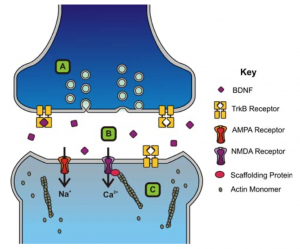 1: Exercising our brains: how physical activity impacts synaptic plasticity in the dentate gyrus
1: Exercising our brains: how physical activity impacts synaptic plasticity in the dentate gyrus
Christie BR, Eadie BD, Kannangara TS, Robillard JM, Shin J, Titterness AK. Neuromolecular Med. 2008;10(2):47-58. doi: 10.1007/s12017-008-8033-2. Epub 2008 Jun 6. Review. PubMed PMID: 18535925.
 2: Long-term depression in vivo: effects of sex, stress, diet, and prenatal ethanol exposure
2: Long-term depression in vivo: effects of sex, stress, diet, and prenatal ethanol exposure
Titterness AK, Christie BR. Hippocampus. 2008;18(5):481-91. doi: 10.1002/hipo.20407. PubMed PMID: 18240319.
Fox CJ, Russell KI, Wang YT, Christie BR. Hippocampus. 2006;16(11):907-15. PubMed PMID: 17024679.
Vasuta C, Caunt C, James R, Samadi S, Schibuk E, Kannangara T, Titterness AK, Christie BR. Hippocampus. 2007;17(12):1201-8. PubMed PMID: 17879376.
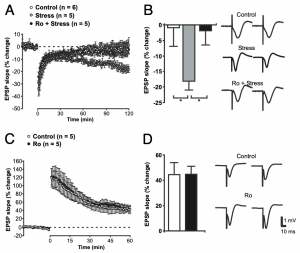 5: Hippocampal long-term depression mediates acute stress-induced spatial memory retrieval impairment
5: Hippocampal long-term depression mediates acute stress-induced spatial memory retrieval impairment
Wong TP, Howland JG, Robillard JM, Ge Y, Yu W, Titterness AK, Brebner K, Liu L, Weinberg J, Christie BR, Phillips AG, Wang YT. Proc Natl Acad Sci U S A. 2007 Jul 3;104(27):11471-6. Epub 2007 Jun 25. PubMed PMID: 17592137; PubMed Central PMCID: PMC2040922.
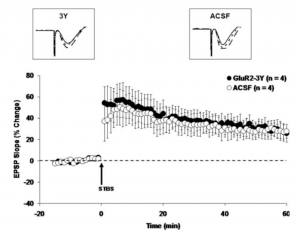
Fox CJ, Russell K, Titterness AK, Wang YT, Christie BR. Hippocampus. 2007;17(8):600-5. PubMed PMID: 17534972.

7: Antidepressant effects of exercise: evidence for an adult-neurogenesis hypothesis?
Ernst C, Olson AK, Pinel JP, Lam RW, Christie BR. J Psychiatry Neurosci. 2006 Mar;31(2):84-92. Review. PubMed PMID: 16575423; PubMed Central PMCID: PMC1413959.

Redila VA, Olson AK, Swann SE, Mohades G, Webber AJ, Weinberg J, Christie BR. Hippocampus. 2006;16(3):305-11. PubMed PMID: 16425237.
Olson AK, Eadie BD, Ernst C, Christie BR. Hippocampus. 2006;16(3):250-60. Review. PubMed PMID: 16411242.
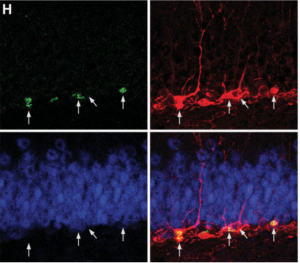
10: Neurogenesis in the adult hippocampus. Hippocampus
Christie BR, Cameron HA. 2006;16(3):199-207. Review. PubMed PMID: 16411231.
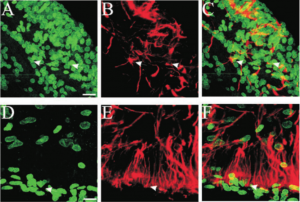
Ernst C, Christie BR. Eur J Neurosci. 2005 Dec;22(12):3059-66. PubMed PMID: 16367772.
Ernst C, Christie BR. Neuroscience. 2006;138(1):183-8. Epub 2005 Dec 15. PubMed PMID: 16343784.

13: Temporally specific proliferation events are induced in the hippocampus following acute focal injury
Ernst C, Christie BR. J Neurosci Res. 2006 Feb 15;83(3):349-61. PubMed PMID: 16342206.
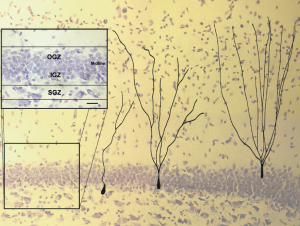
Redila VA, Christie BR. Neuroscience.
2006;137(4):1299-307. Epub 2005 Dec 9. PubMed PMID: 16338077.
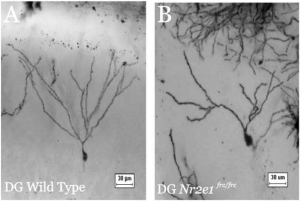
Christie BR, Li AM, Redila VA, Booth H, Wong BK, Eadie BD, Ernst C, Simpson EM. Neuroscience. 2006 Feb;137(3):1031-7. Epub 2005 Nov 14. PubMed PMID: 16289828.
Sturz AV, Peters RD, Carter MR, Sanderson JB, Matheson BG, Christie BR. Can J Microbiol. 2005 Aug;51(8):643-54. PubMed PMID: 16234863.

17: Isolectin-IB 4 as a vascular stain for the study of adult neurogenesis
Ernst C, Christie BR. J Neurosci Methods. 2006 Jan 15;150(1):138-42. Epub 2005 Aug 10. PubMed PMID: 16095716.
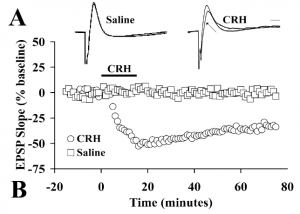
18: Corticotrophin-releasing hormone decreases synaptic transmission in rat sensorimotor cortex in vivo
Froc DJ, Christie BR. Neuroscience. 2005;134(3):965-73. PubMed PMID: 16019154.

19: Voluntary exercise rescues deficits in spatial memory and long-term potentiation in prenatal ethanol-exposed male rats
Christie BR, Swann SE, Fox CJ, Froc D, Lieblich SE, Redila V, Webber A. Eur J Neurosci. 2005 Mar;21(6):1719-26. PubMed PMID: 15845099.
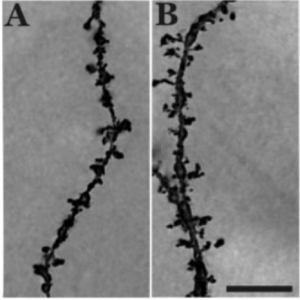
Eadie BD, Redila VA, Christie BR. J Comp Neurol. 2005 May 23;486(1):39-47. PubMed PMID: 15834963.
Hill MN, Froc DJ, Fox CJ, Gorzalka BB, Christie BR. Eur J Neurosci. 2004 Aug;20(3):859-63. PubMed PMID: 15255998.
2004-2001

Farmer J, Zhao X, van Praag H, Wodtke K, Gage FH, Christie BR. Neuroscience. 2004;124(1):71-9. PubMed PMID: 14960340.
Zhao X, Ueba T, Christie BR, Barkho B, McConnell MJ, Nakashima K, Lein ES, Eadie BD, Willhoite AR, Muotri AR, Summers RG, Chun J, Lee KF, Gage FH. Proc Natl Acad Sci U S A. 2003 May 27;100(11):6777-82. Epub 2003 May 14. PubMed PMID: 12748381; PubMed Central PMCID: PMC164523.
Froc DJ, Eadie B, Li AM, Wodtke K, Tse M, Christie BR. J Neurophysiol. 2003 Jul;90(1):32-8. Epub 2003 Mar 12. PubMed PMID: 12634277.
 4: Functional neurogenesis in the adult hippocampus
4: Functional neurogenesis in the adult hippocampus
van Praag H, Schinder AF, Christie BR, Toni N, Palmer TD, Gage FH. Nature. 2002 Feb 28;415(6875):1030-4. PubMed PMID: 11875571.
 5: The role of RNA editing of kainate receptors in synaptic plasticity and seizures
5: The role of RNA editing of kainate receptors in synaptic plasticity and seizures
Vissel B, Royle GA, Christie BR, Schiffer HH, Ghetti A, Tritto T, Perez-Otano I, Radcliffe RA, Seamans J, Sejnowski T, Wehner JM, Collins AC, O’Gorman S, Heinemann SF. Neuron. 2001 Jan;29(1):217-27. PubMed PMID: 11182093.
6: Weeds as a source of plant growth promoting rhizobacteria in agricultural soils
Sturz AV, Matheson BG, Arsenault W, Kimpinski J, Christie BR. Can J Microbiol. 2001 Nov;47(11):1013-24. PubMed PMID: 11766050.
7: Active dendrites, potassium channels and synaptic plasticity
Johnston D, Christie BR, Frick A, Gray R, Hoffman DA, Schexnayder LK,
Watanabe S, Yuan LL. Philos Trans R Soc Lond B Biol Sci. 2003 Apr 29;358(1432):667-74. Review. PubMed PMID: 12740112; PubMed Central PMCID: PMC1693145.
Christie BR, Franks KM, Seamans JK, Saga K, Sejnowski TJ. Hippocampus. 2000;10(6):673-83. PubMed PMID: 11153713.
Seamans JK, Durstewitz D, Christie BR, Stevens CF, Sejnowski TJ. Proc Natl Acad Sci U S A. 2001 Jan 2;98(1):301-6. PubMed PMID: 11134516; PubMed Central PMCID: PMC14585.
2000-1988
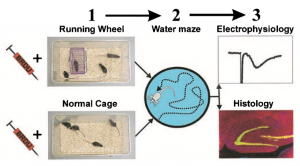
Proc Natl Acad Sci USA. 1999 Nov 9;96(23):13427-31. PubMed PMID: 10557337; PubMed Central PMCID: PMC23964.
Magee JC, Avery RB, Christie BR, Johnston D. J Neurophysiol. 1996 Nov;76(5):3460-70. PubMed PMID: 8930286.
Christie BR, Schexnayder LK, Johnston D. J Neurophysiol. 1997 Mar;77(3):1651-5. PubMed PMID: 9084630.
Christie BR, Magee JC, Johnston D. Learn Mem. 1996 Sep-Oct;3(2-3):160-9. PubMed PMID: 10456086.
5: Dendritic calcium channels and hippocampal long-term depression.
Christie BR, Magee JC, Johnston D. Hippocampus. 1996;6(1):17-23. Review. PubMed PMID: 8878737.
Christie BR, Stellwagen D, Abraham WC. J Neurophysiol. 1995 Sep;74(3):1244-7. PubMed PMID: 7500147.
Christie BR, Eliot LS, Ito K, Miyakawa H, Johnston D. J Neurophysiol. 1995 Jun;73(6):2553-7. PubMed PMID: 7666160.
8: Reduction of the threshold for long-term potentiation by prior theta-frequency synaptic activity.
Christie BR, Stellwagen D, Abraham WC. Hippocampus. 1995;5(1):52-9. PubMed PMID: 7787946.
Abraham WC, Christie BR, Logan B, Lawlor P, Dragunow M. Proc Natl Acad Sci U S A. 1994 Oct 11;91(21):10049-53. PubMed PMID: 7937835; PubMed Central PMCID: PMC44955.
10: Flip side of synaptic plasticity: long-term depression mechanisms in the hippocampus
Christie BR, Kerr DS, Abraham WC. Hippocampus. 1994 Apr;4(2):127-35. Review. PubMed PMID: 7951687.
Christie BR, Abraham WC. Neurosci Lett. 1994 Feb 14;167(1-2):41-5. PubMed PMID: 7513841.
12: Differential regulation of paired-pulse plasticity following LTP in the dentate gyrus
Christie BR, Abraham WC. Neuroreport. 1994 Jan 12;5(4):385-8. PubMed PMID: 8003660.
Christie BR, Abraham WC. Neuron. 1992 Jul;9(1):79-84. PubMed PMID: 1321647.
14: NMDA-dependent heterosynaptic long-term depression in the dentate gyrus of anaesthetized rats
Christie BR, Abraham WC. Synapse. 1992 Jan;10(1):1-6. PubMed PMID: 1531559.
15: Effects ofVerticillium albo-atrum culture filtrate on somatic embryogenesis in alfalfa
Yu K, Christie BR, Pauls KP. Plant Cell Rep. 1990 Jan;8(9):509-11. doi: 10.1007/BF00820197. PubMed PMID: 24226274.
Colom LV, Christie BR, Bland BH. Brain Res. 1988 Sep 20;460(2):329-38. PubMed PMID: 3224265.
Techniques
Contact Us
Email: brain64@uvic.ca
Tel: 250-472-4244
Address: Medical Sciences Building, University of Victoria, 3800 Finnerty Rd, Victoria BC, V8W 2Y2, Canada


Volunteer
Students at any level are welcome to volunteer in the lab (hours vary based on project needs) to begin developing research skills. This is a great way to learn about the lab before engaging in further studies described in the options below.
Directed Study
Undergraduate and Graduate students can receive course credit for research projects that they complete in the laboratory. This must be arranged in advance through a course add/drop form that is filled out in consultation with Dr. Christie that describes your project, deadlines, expectations and grading. Typically a directed study will involve a final written report and oral presentation(s) to the lab.
Honours
Senior undergraduate students can engage in a two-semester-long intensive research project in the lab through their honours degree program. These projects take place over two semesters, involve oral presentations to the lab and a final written thesis. We encourage our students to present their work on campus to the public and their peers at Honours Fest.
Paid Work Opportunities
There are many options for students to work in paid positions in the lab through funding opportunities at UVic which include JCURA, SURA and NSERC USRAs. Students are encouraged to find out more about these opportunities through UVic and to get in touch with the lab early to express their interest.
Resources
JCURA: Jamie Cassels Undergraduate Research Award
UVic Biology: Undergraduate Research & Funding
UVic Biology: Undergraduate Programs for Honours Information
UVic Biology: Concentration in Neurobiology
UVic Combined Biology & Psychology Program
UVic Psychology: Honours Program
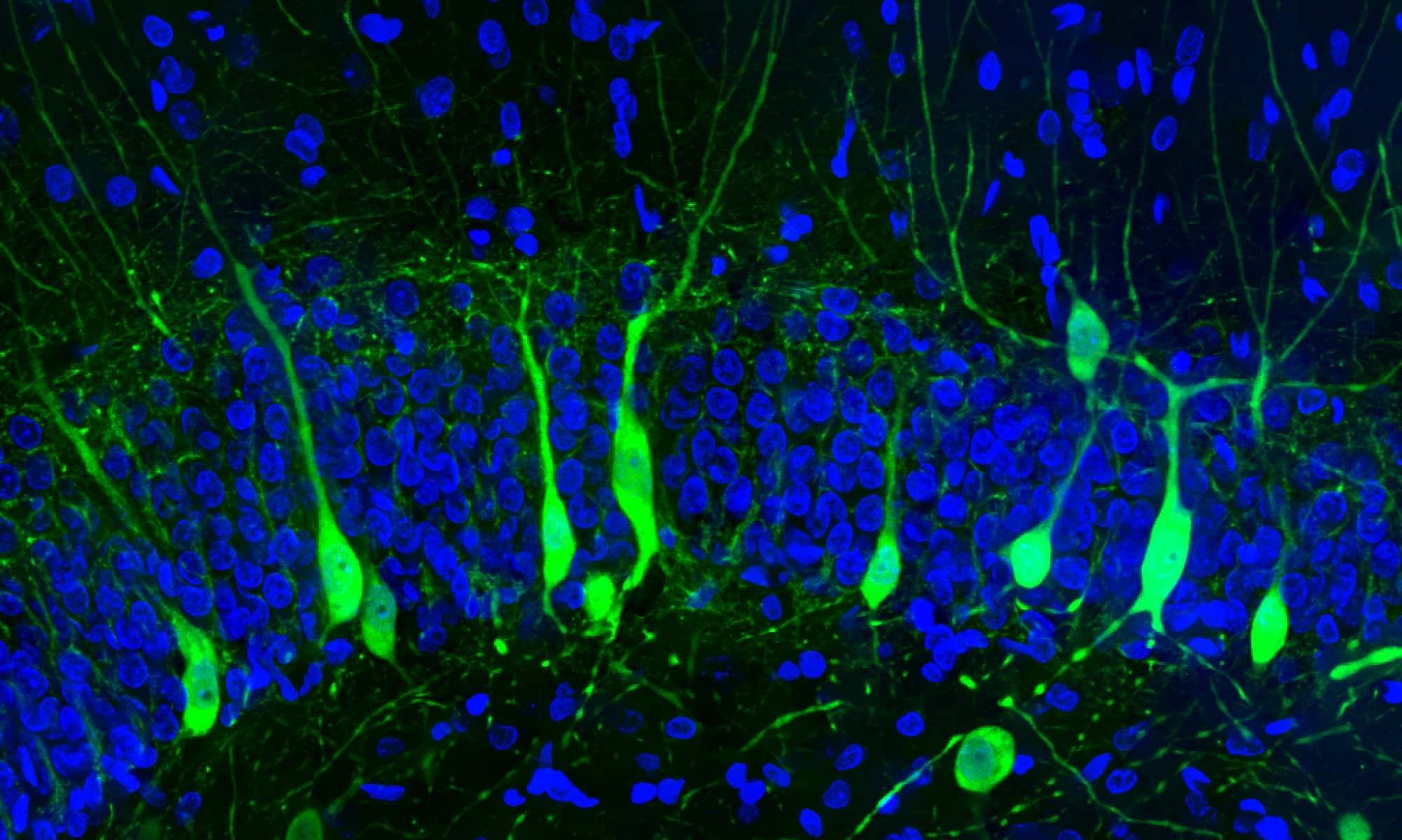

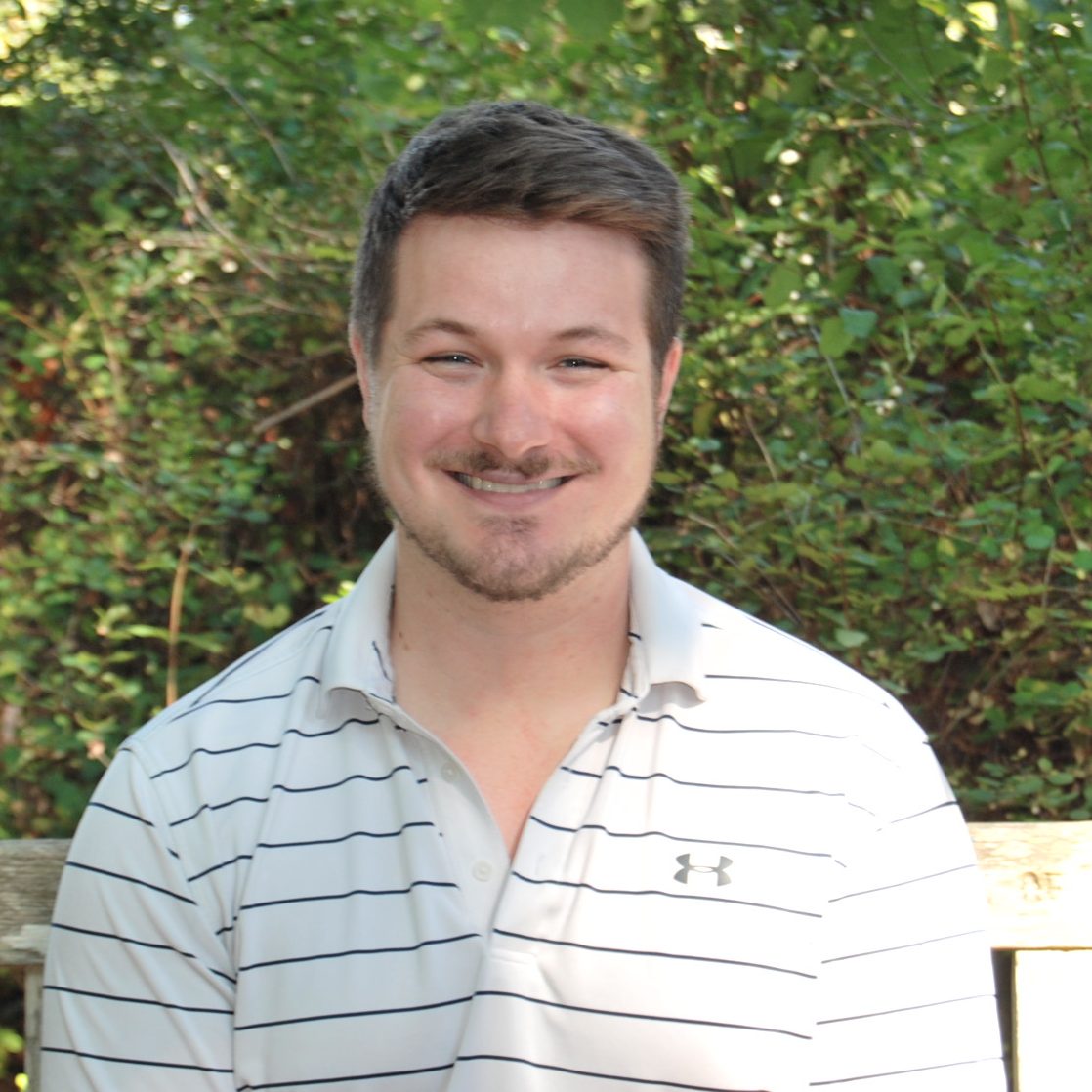


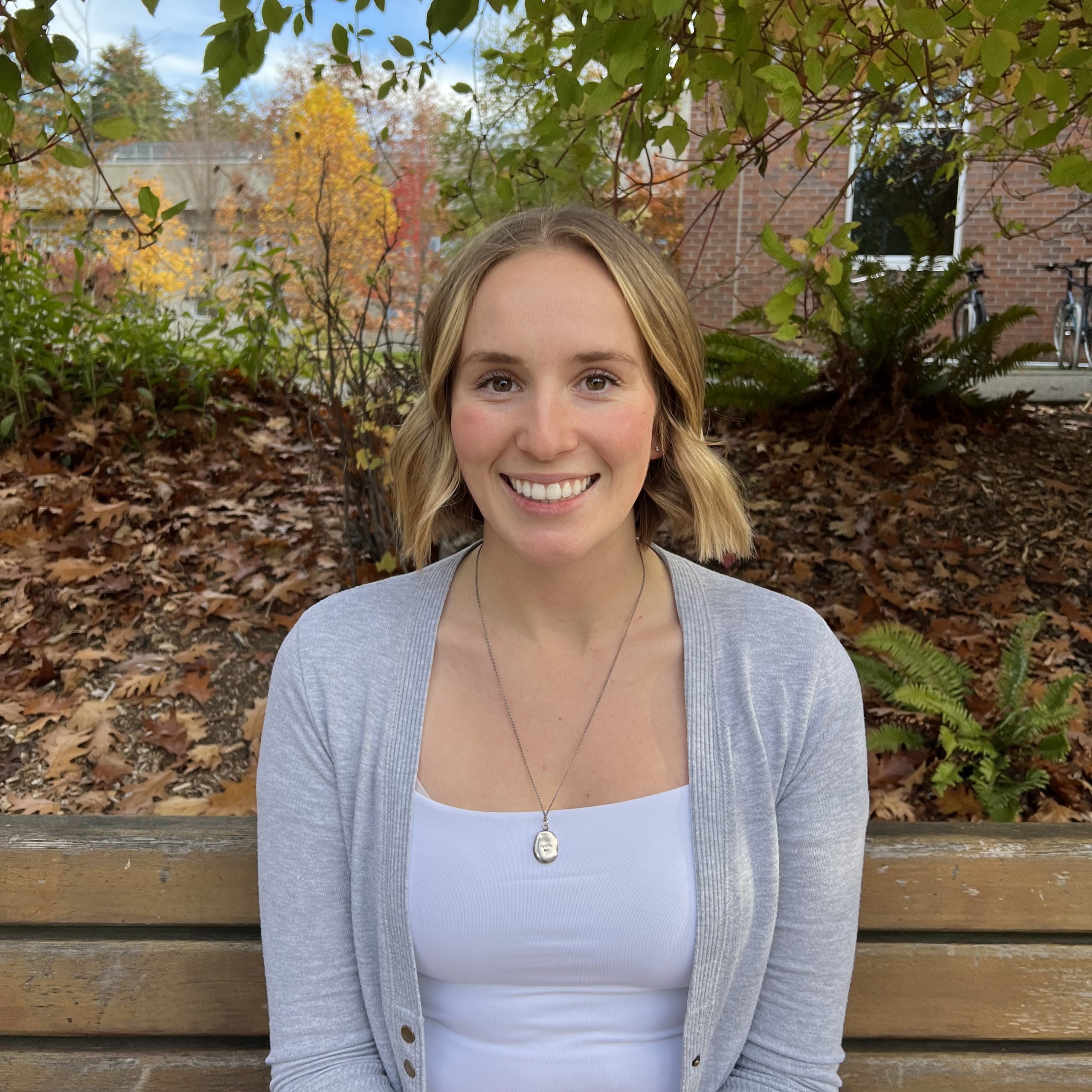


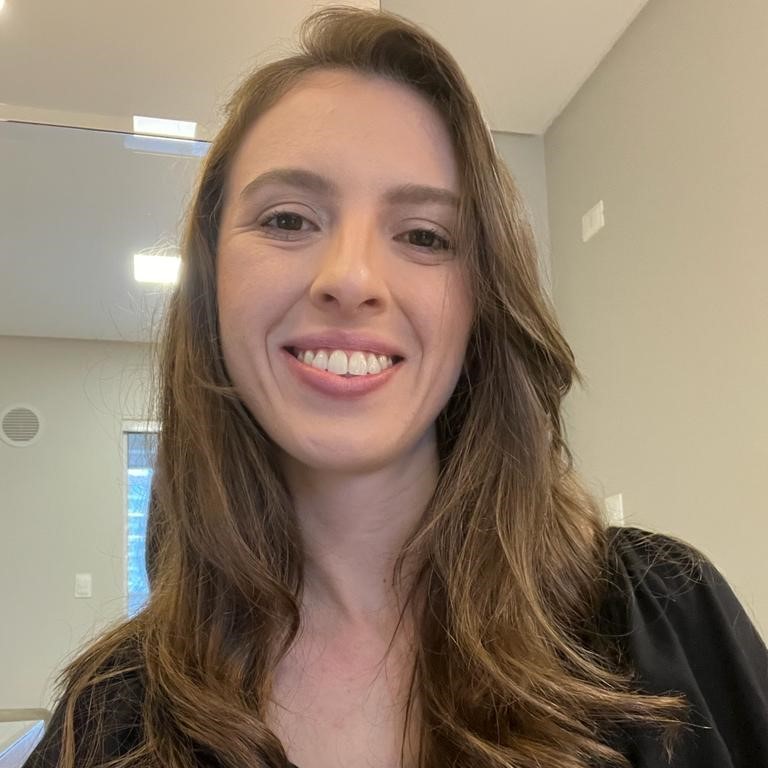




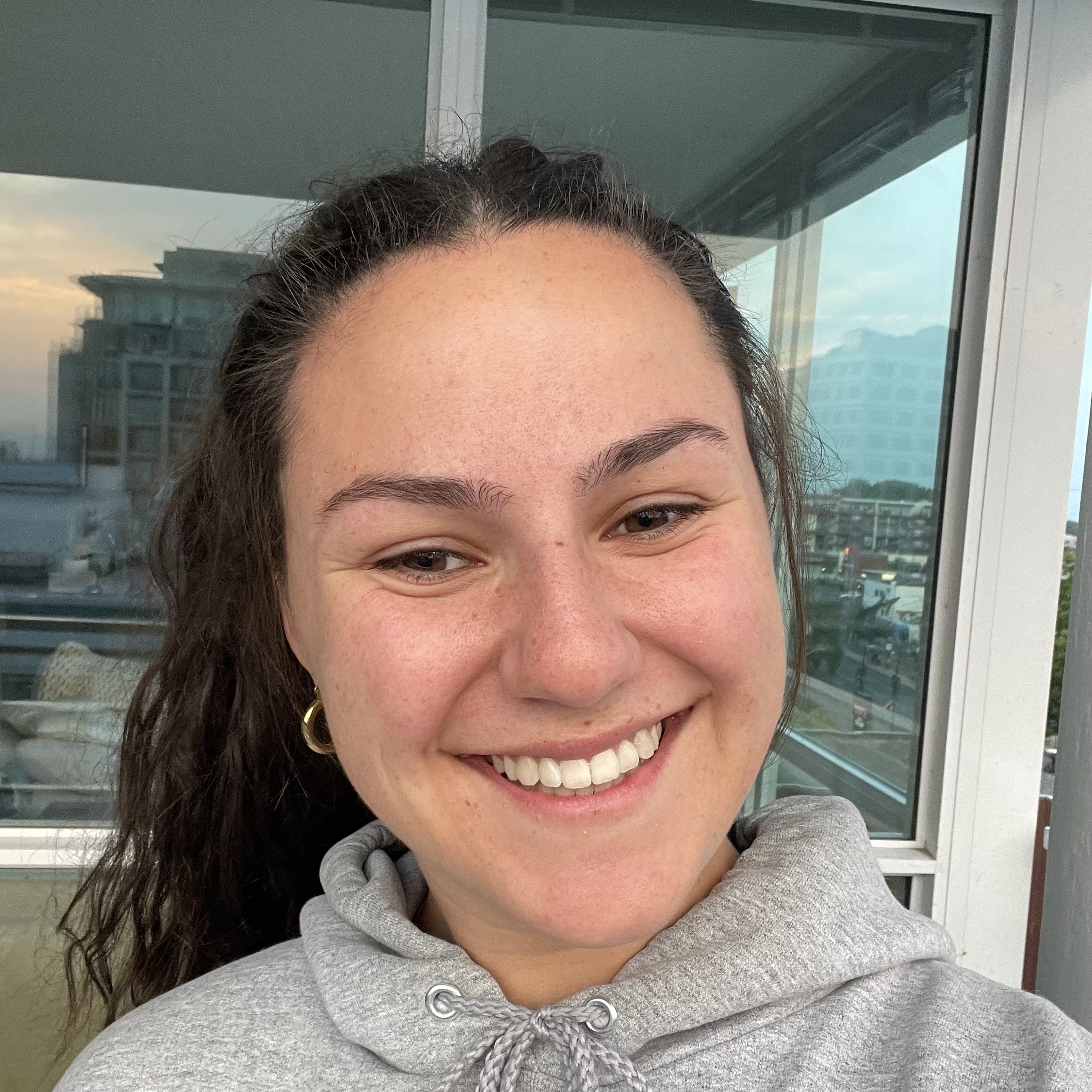
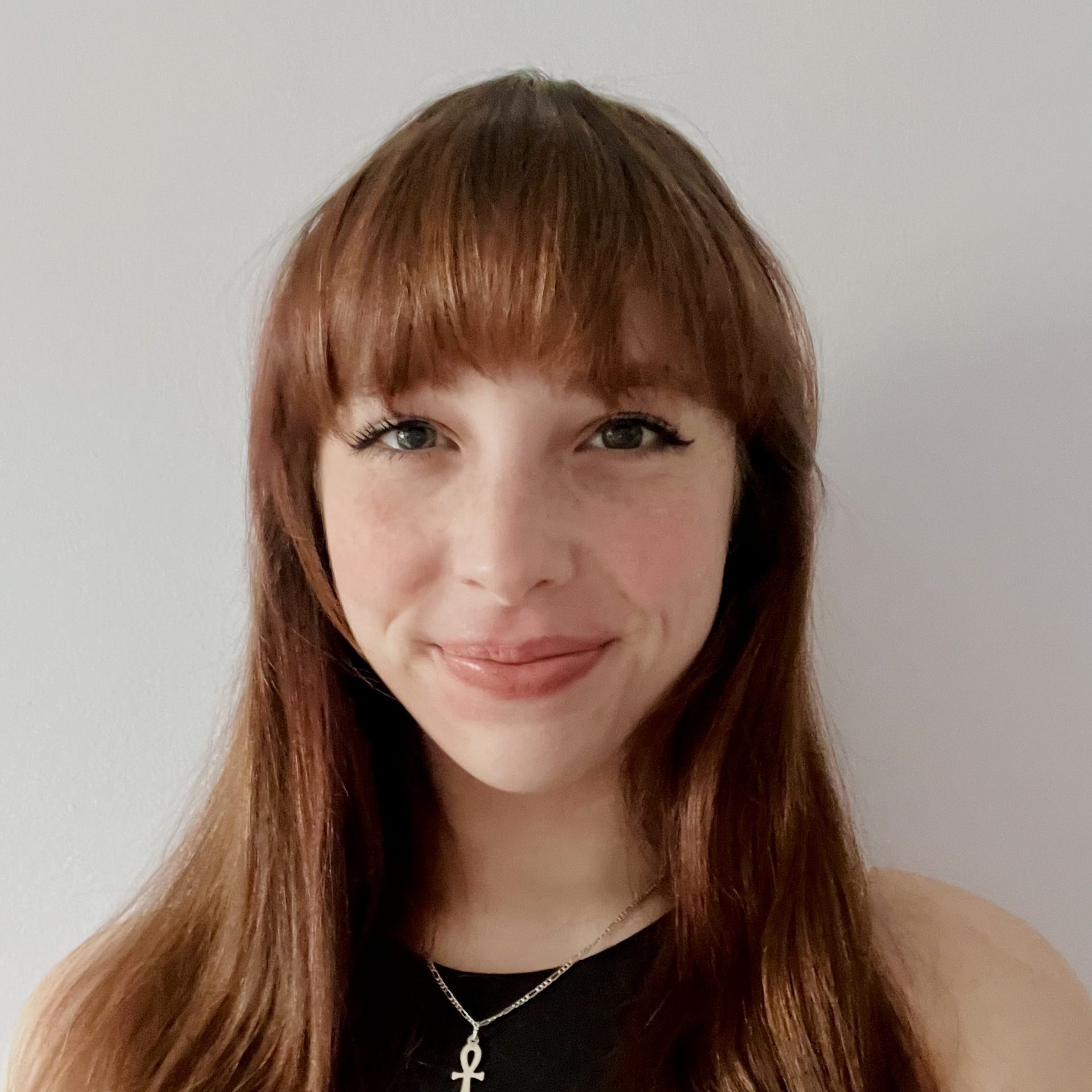


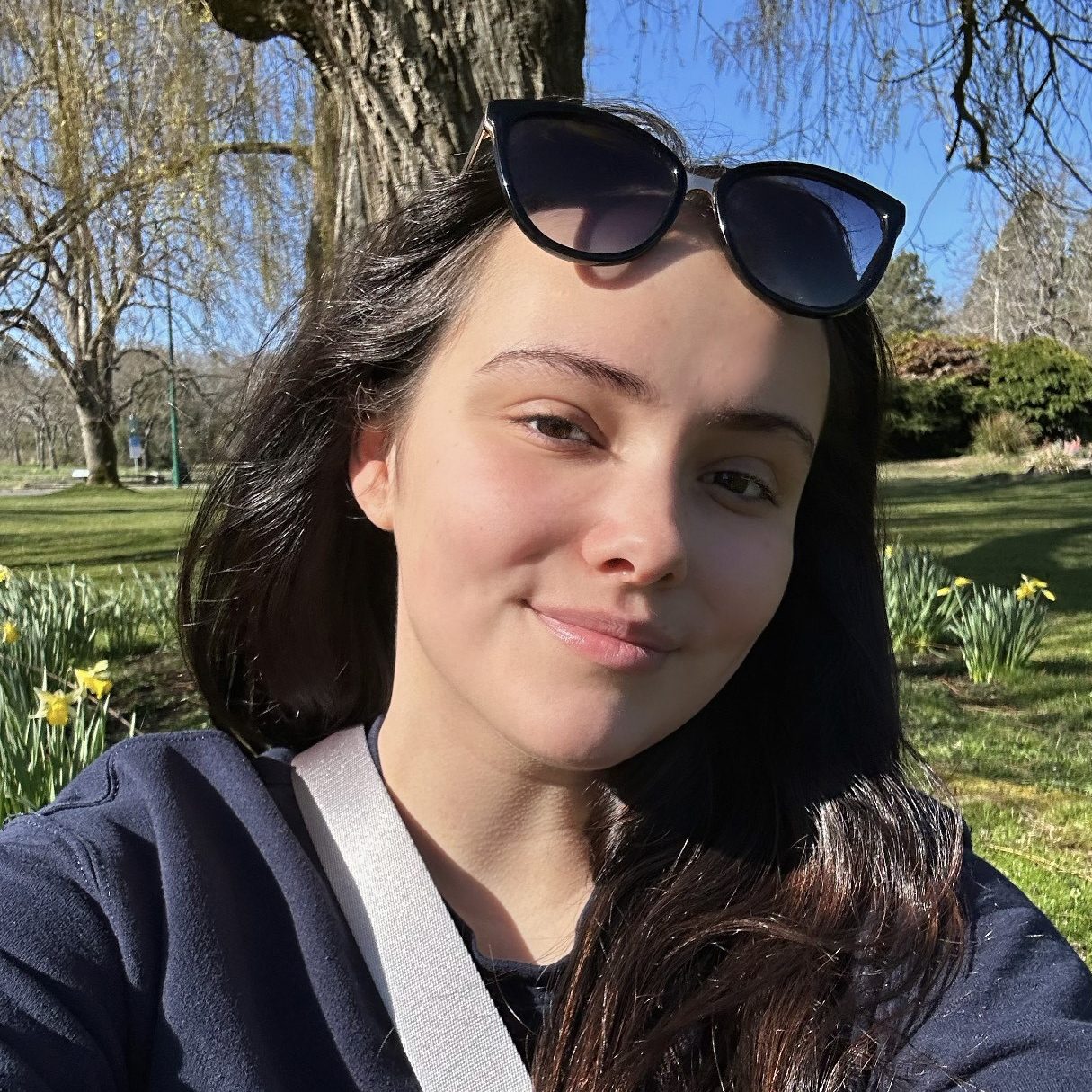


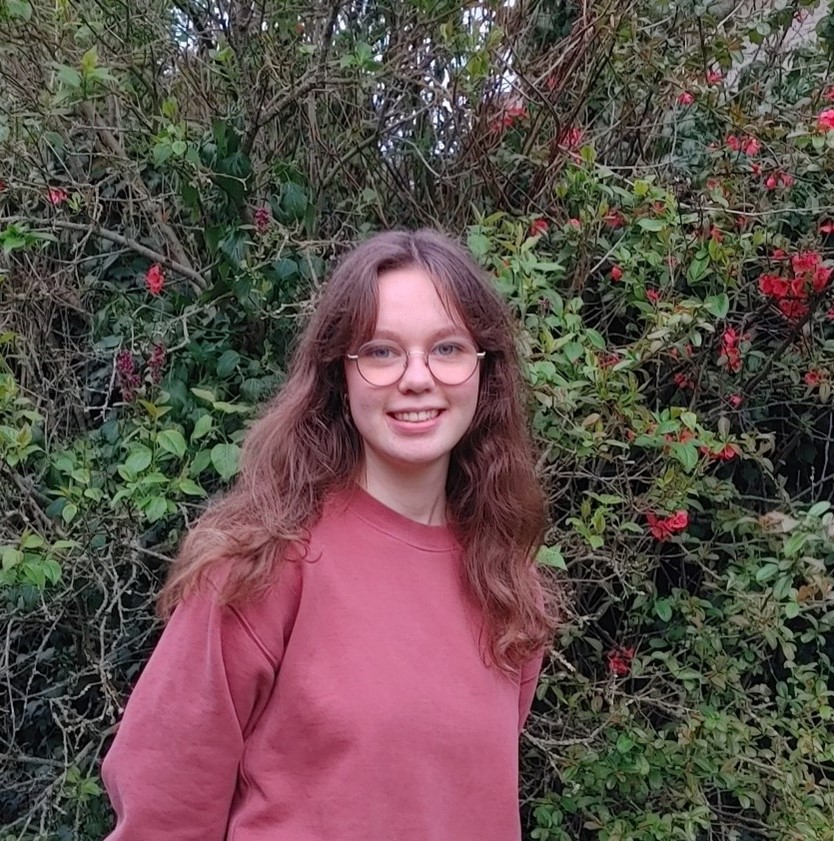

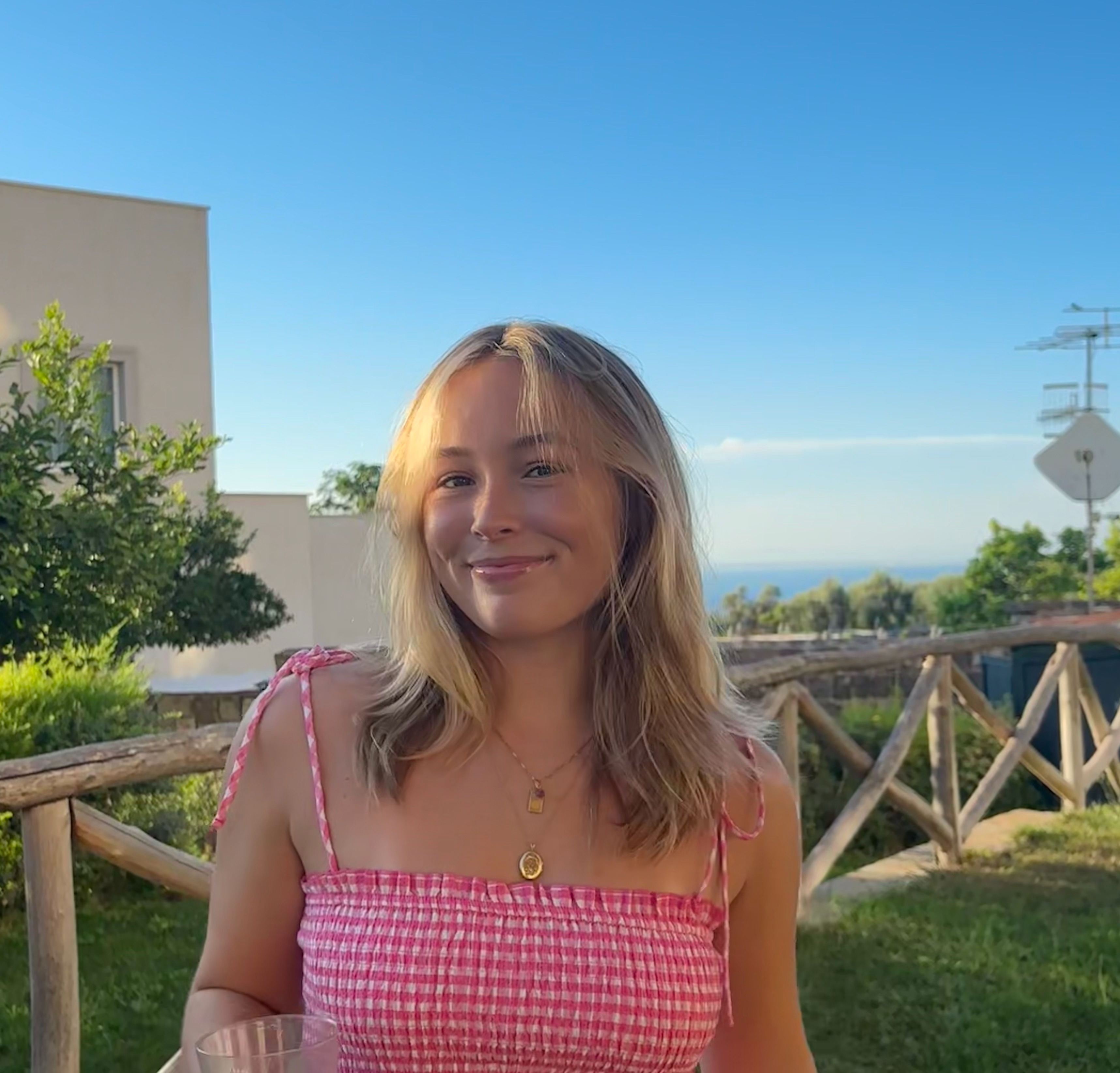
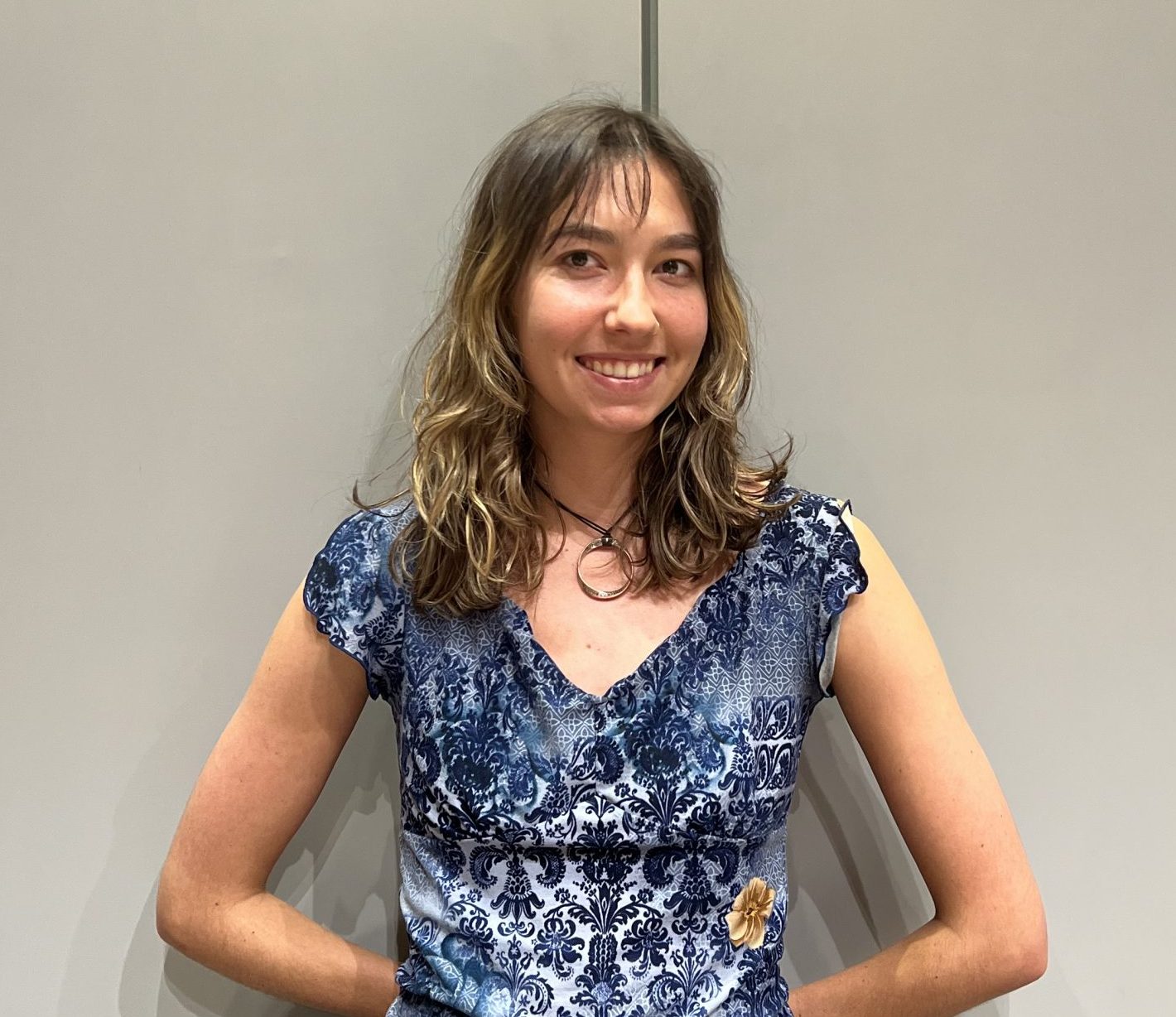
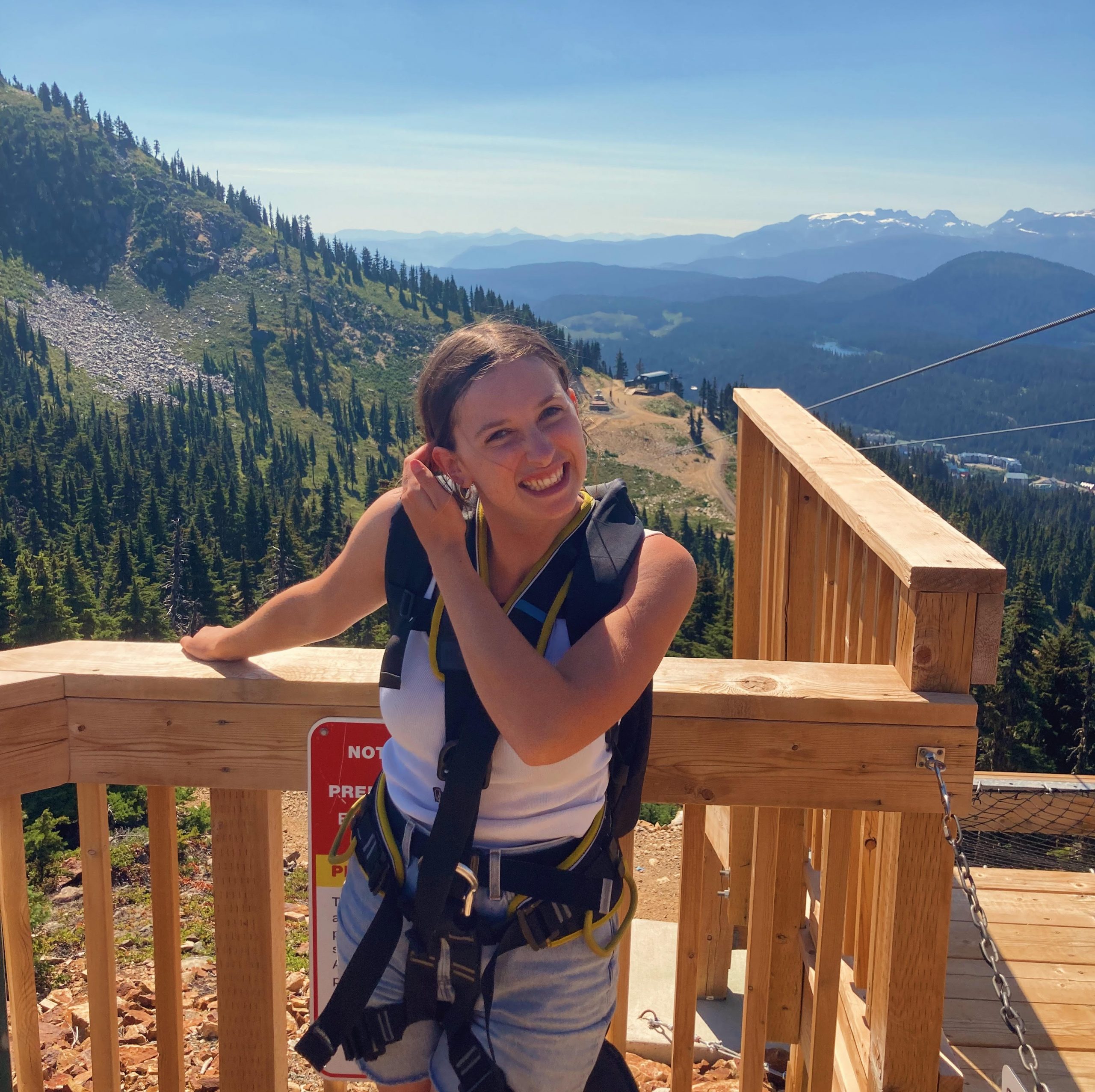
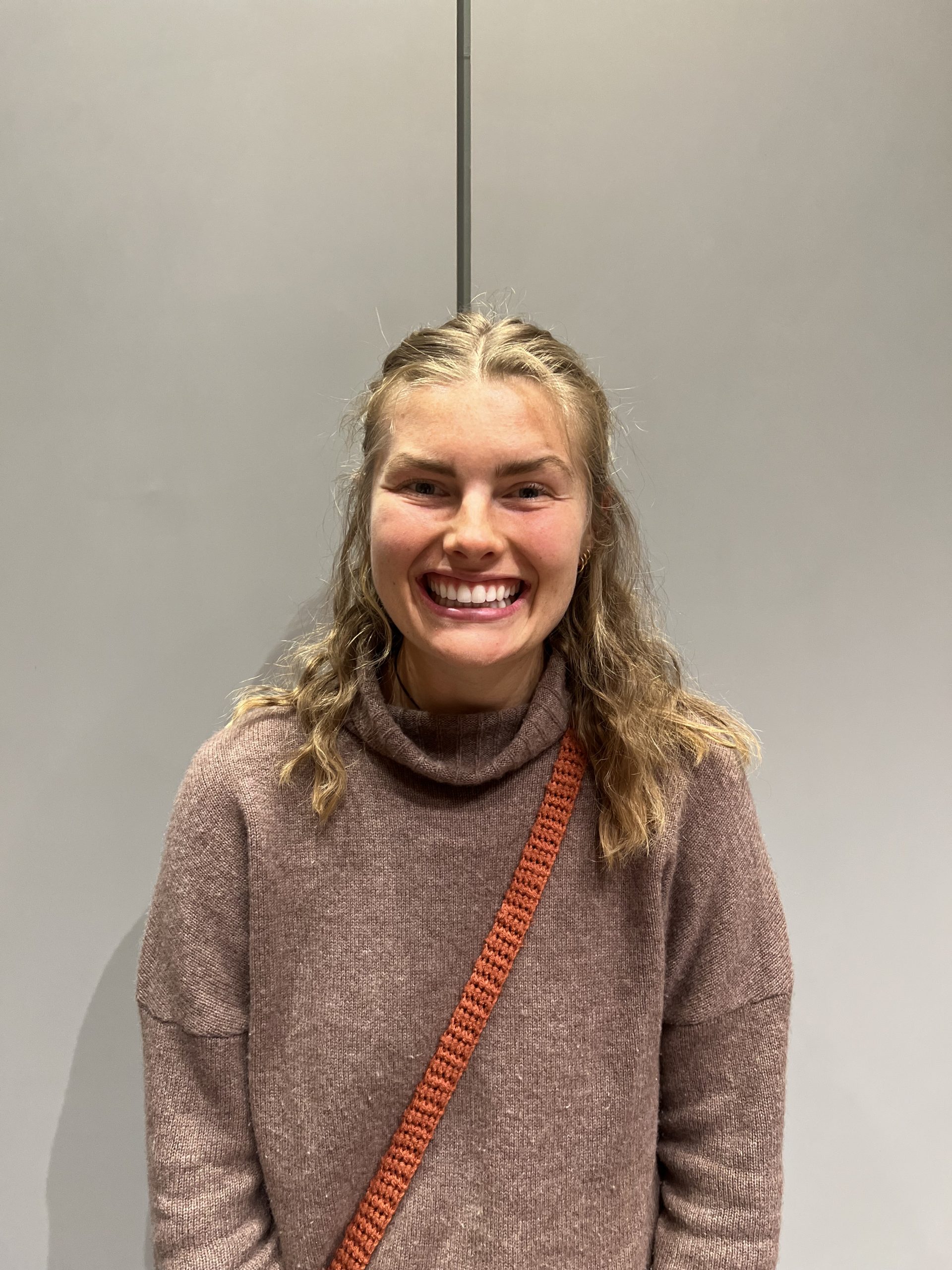
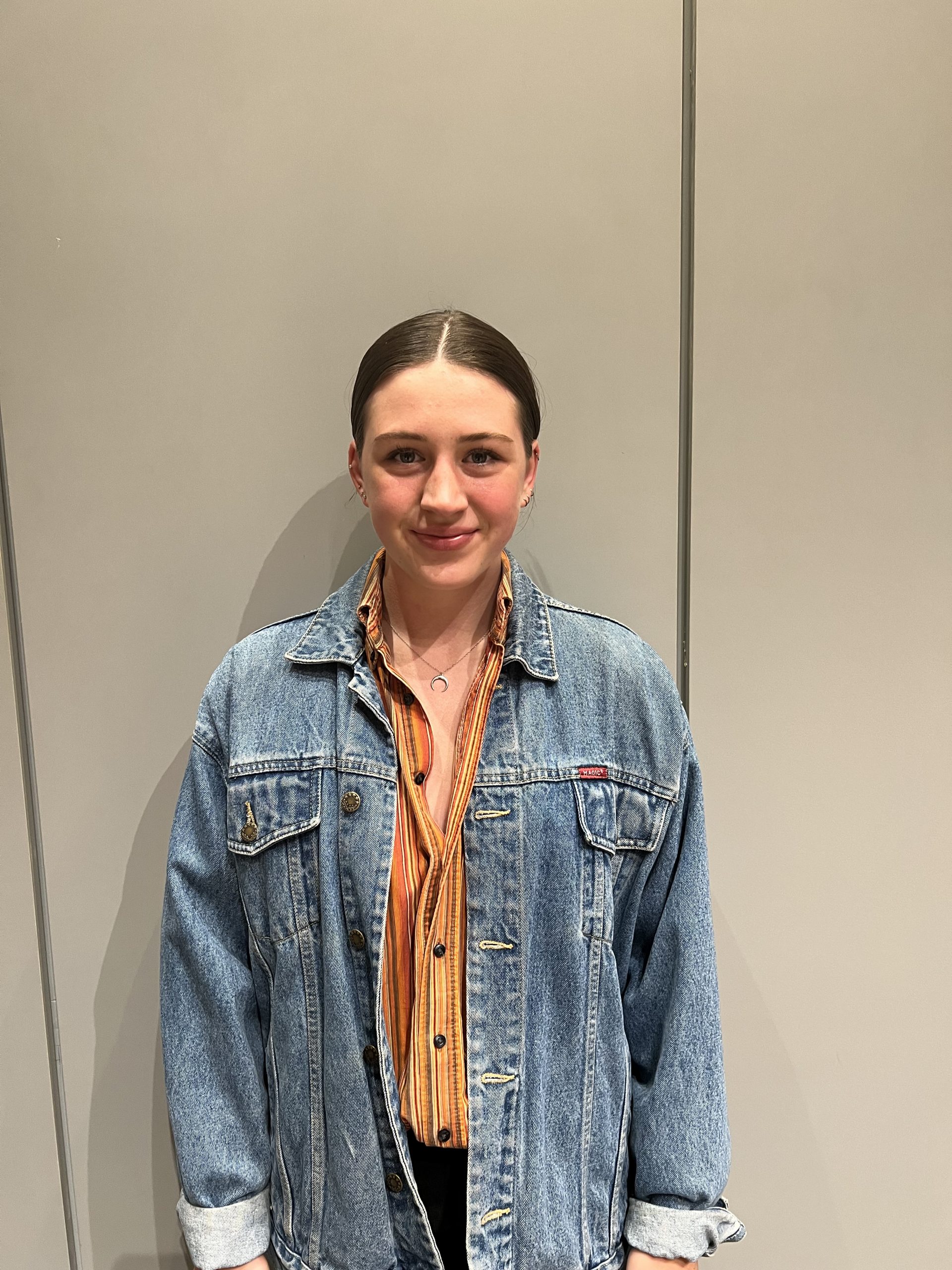




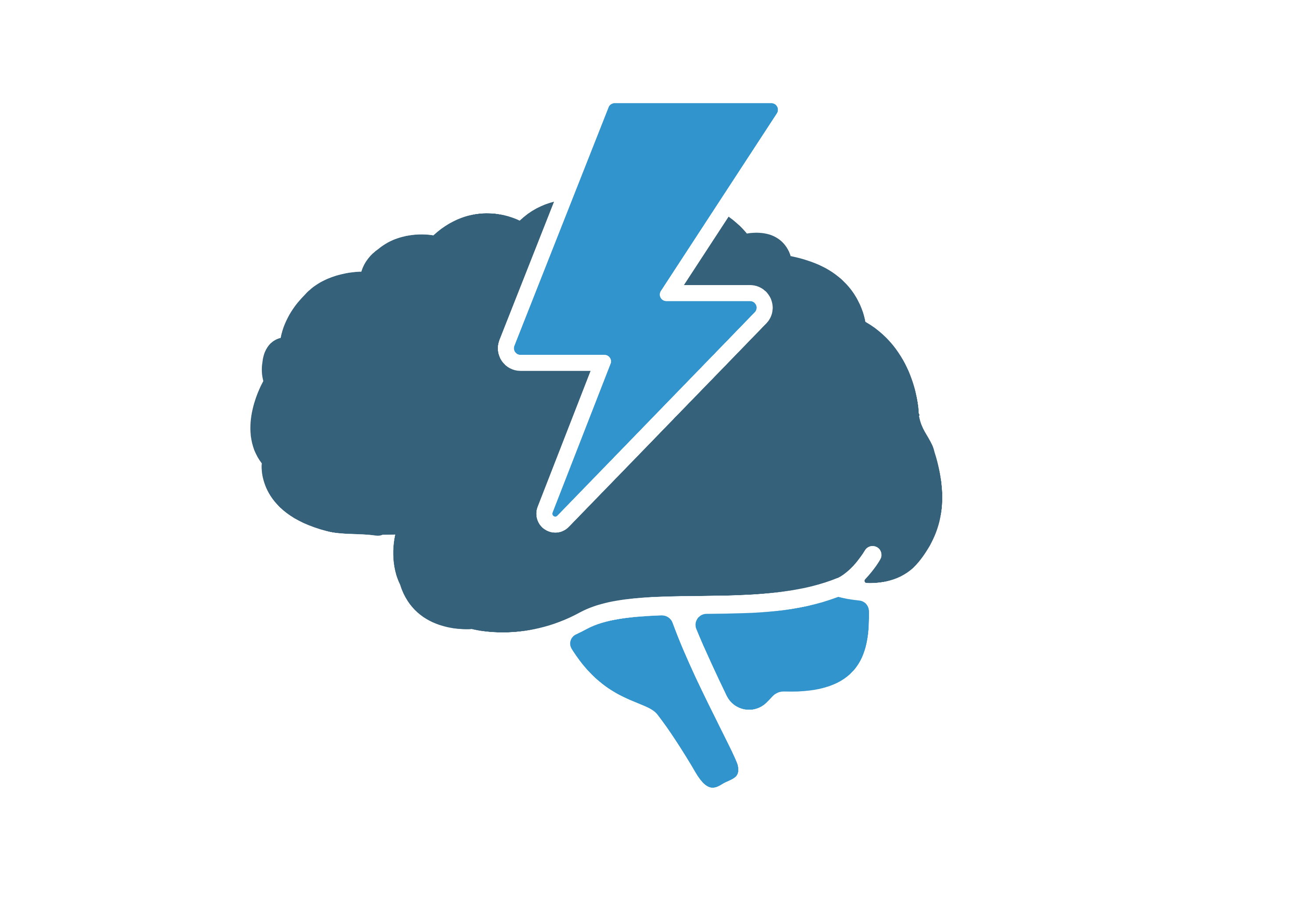
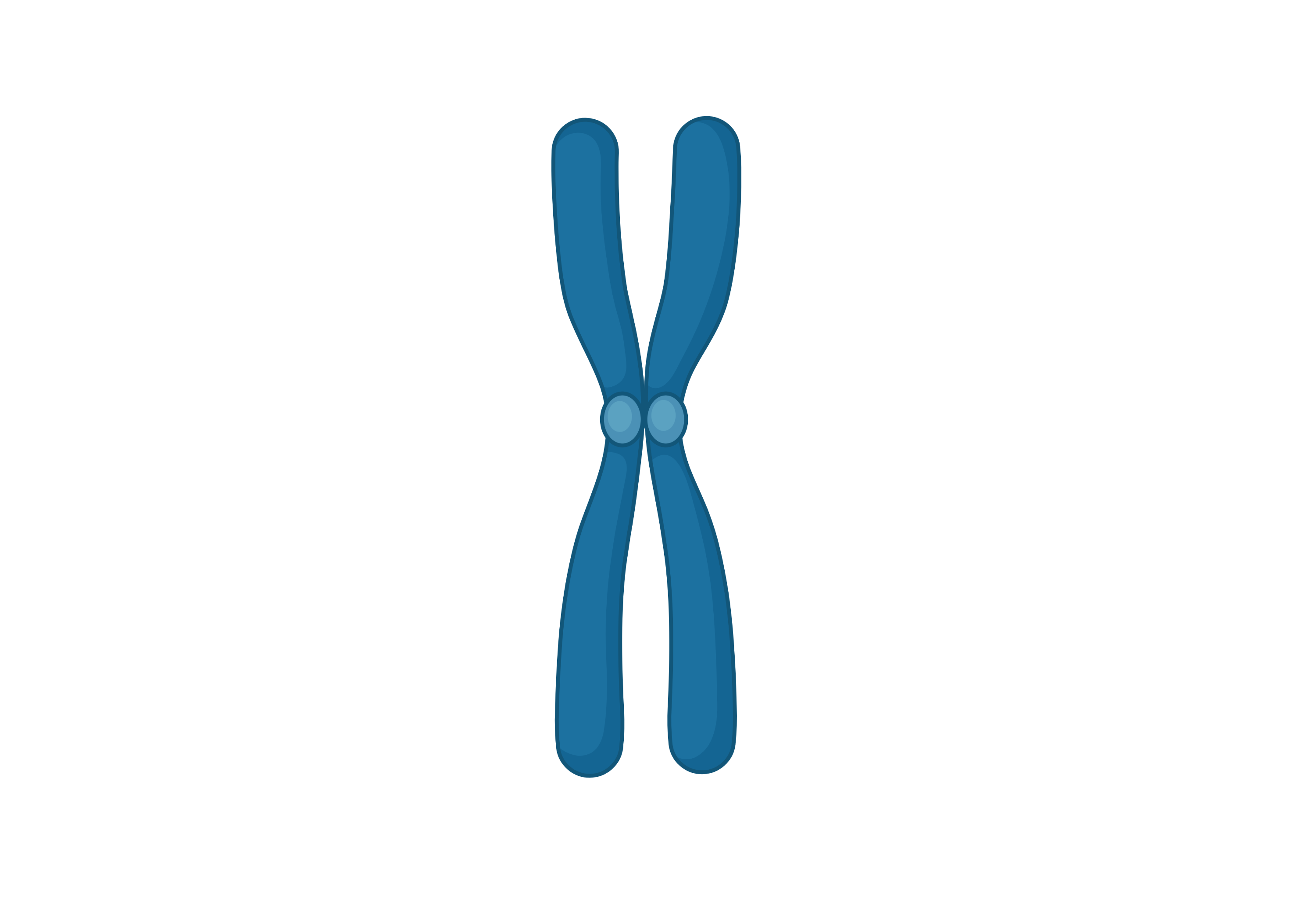

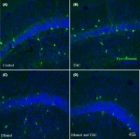
 4:
4: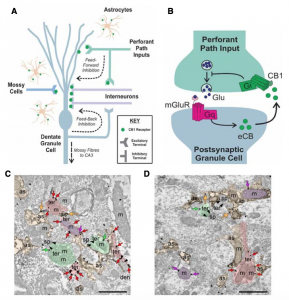 1:
1: 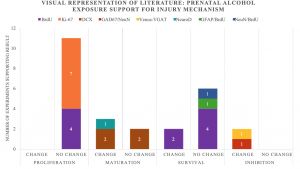
 6:
6:  7:
7: 
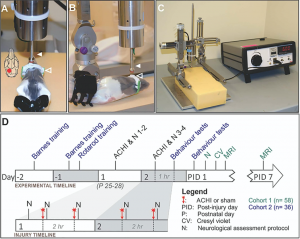 6:
6:  8:
8:  7:
7: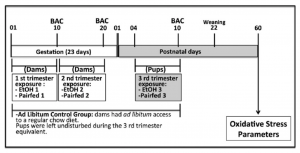 3:
3: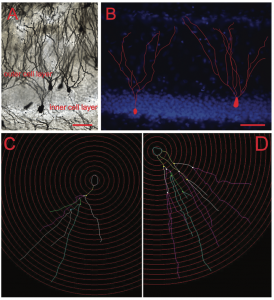 1:
1: 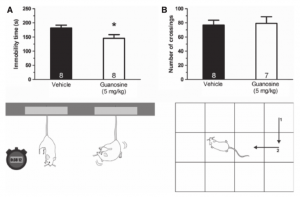 5:
5:  1:
1:  2:
2: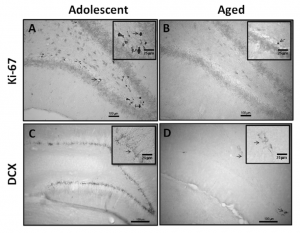 4:
4: 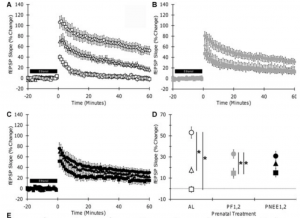 6:
6: 6:
6:  1:
1:  3:
3:  7:
7:  8:
8: 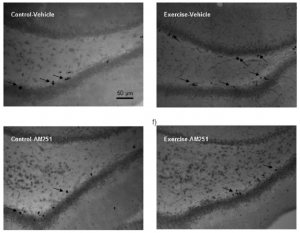 4:
4: 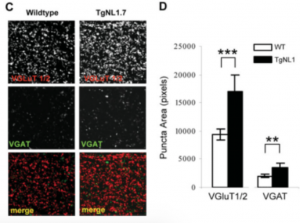 5:
5:  6:
6: 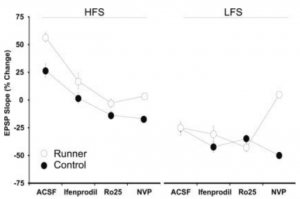 4:
4: 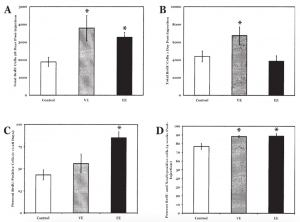 9:
9:  12:
12:  2:
2:  3:
3: 
